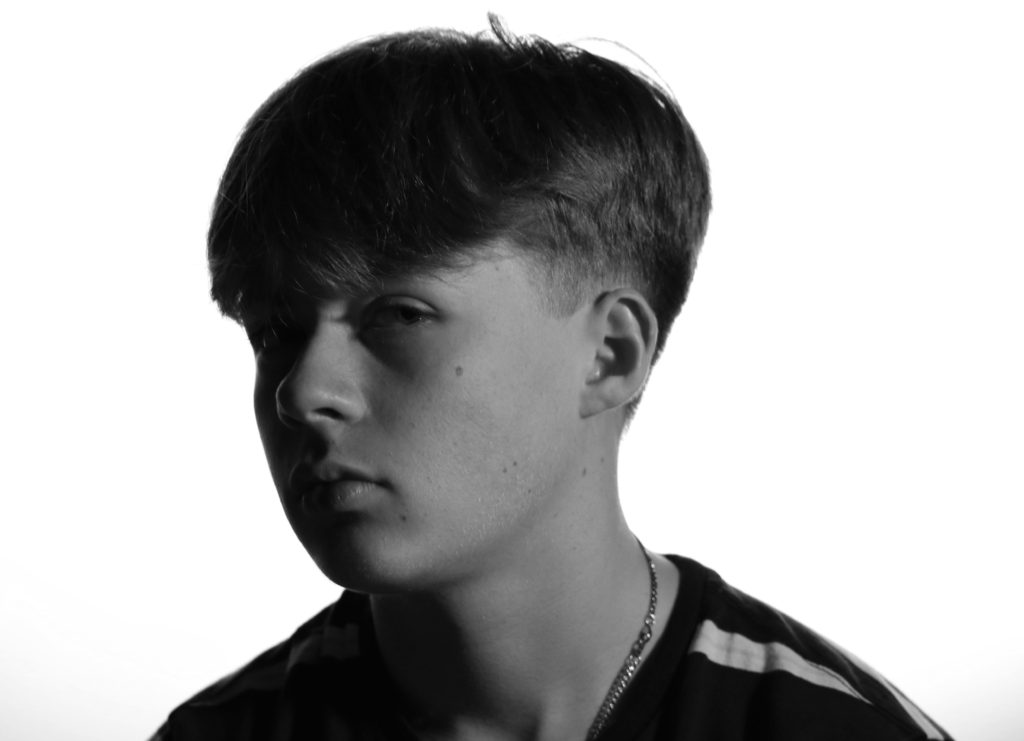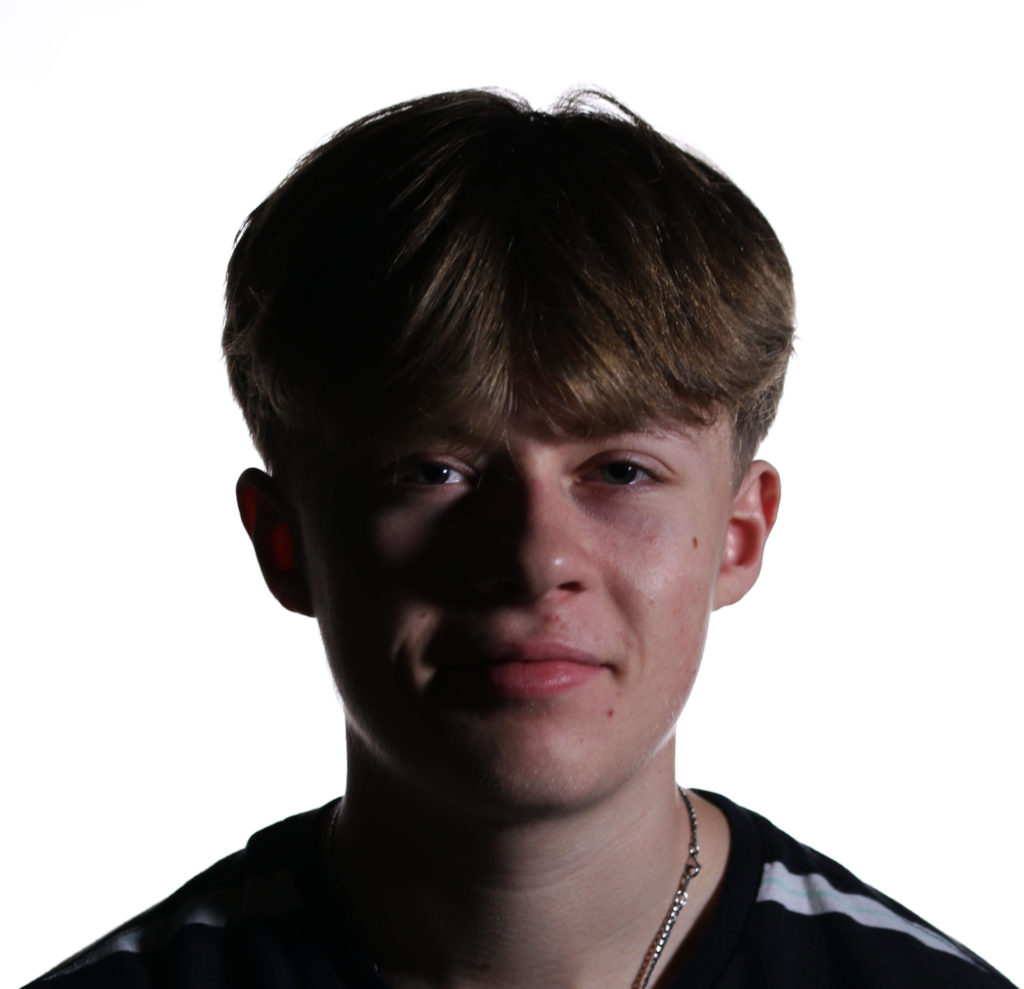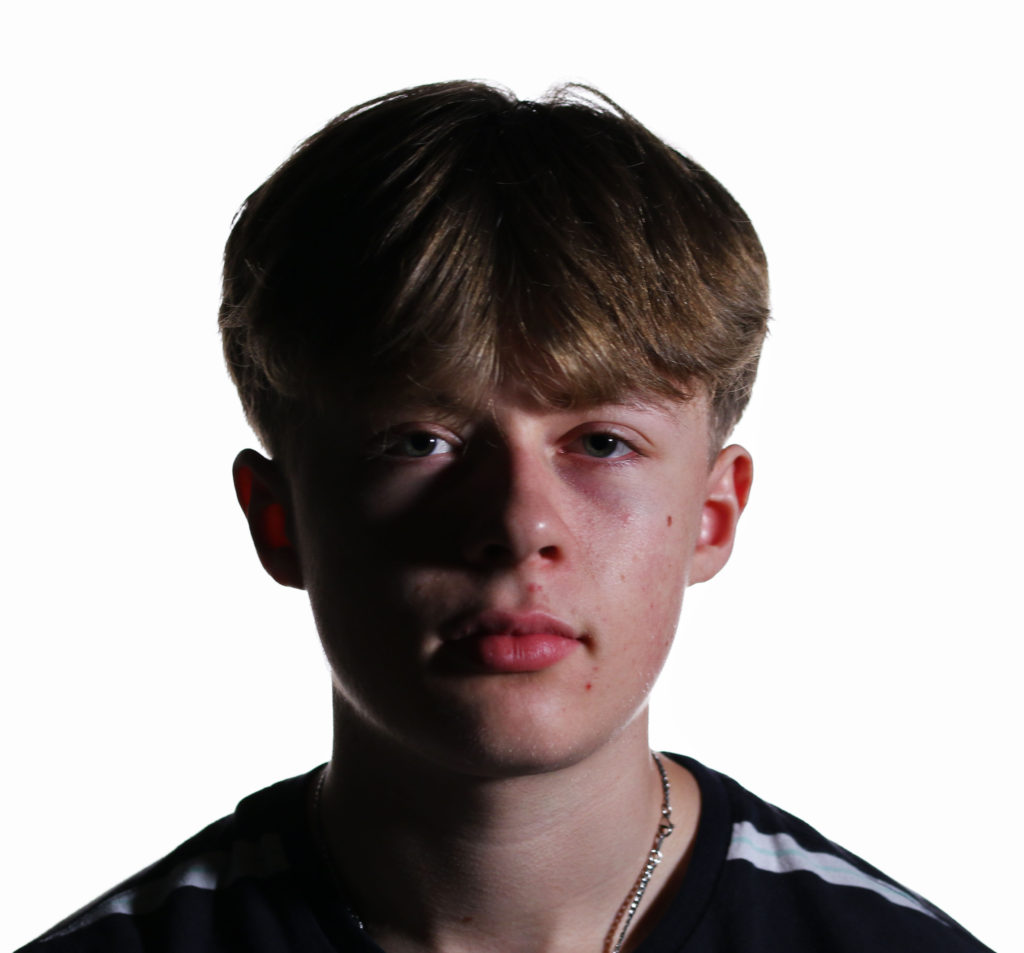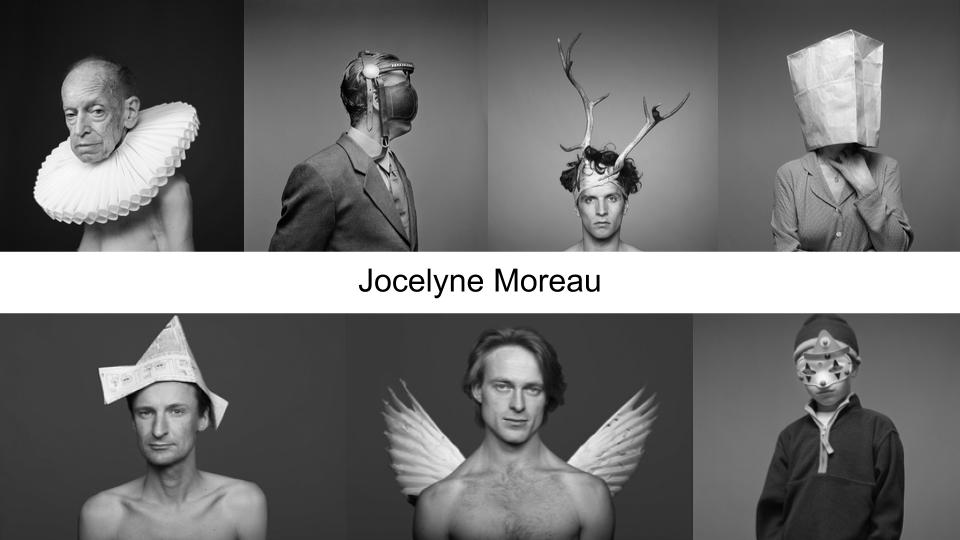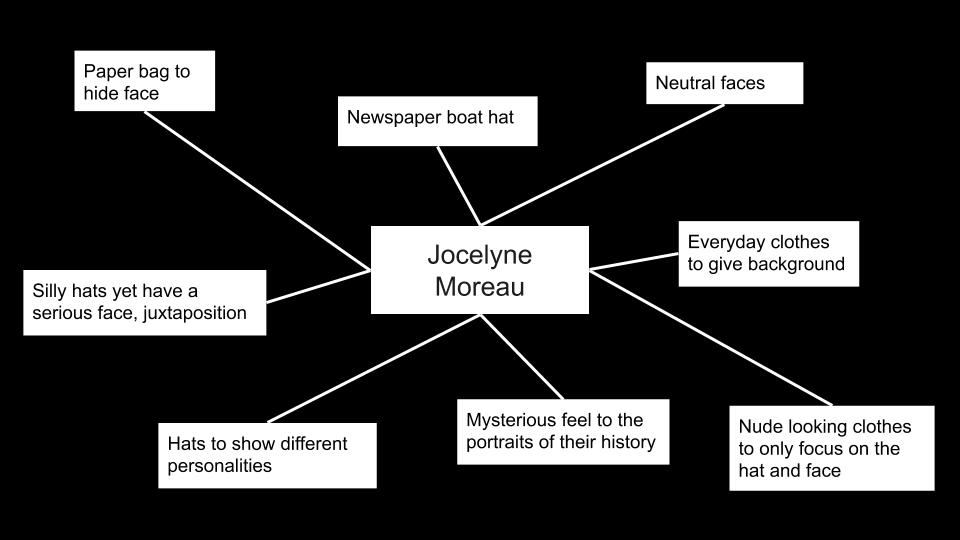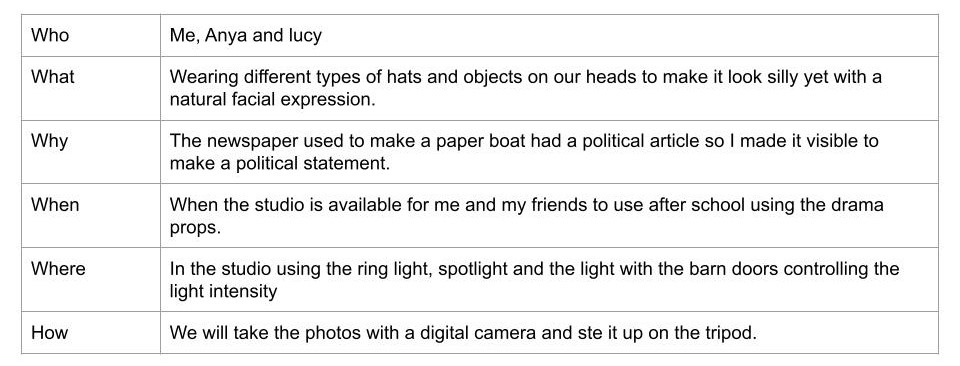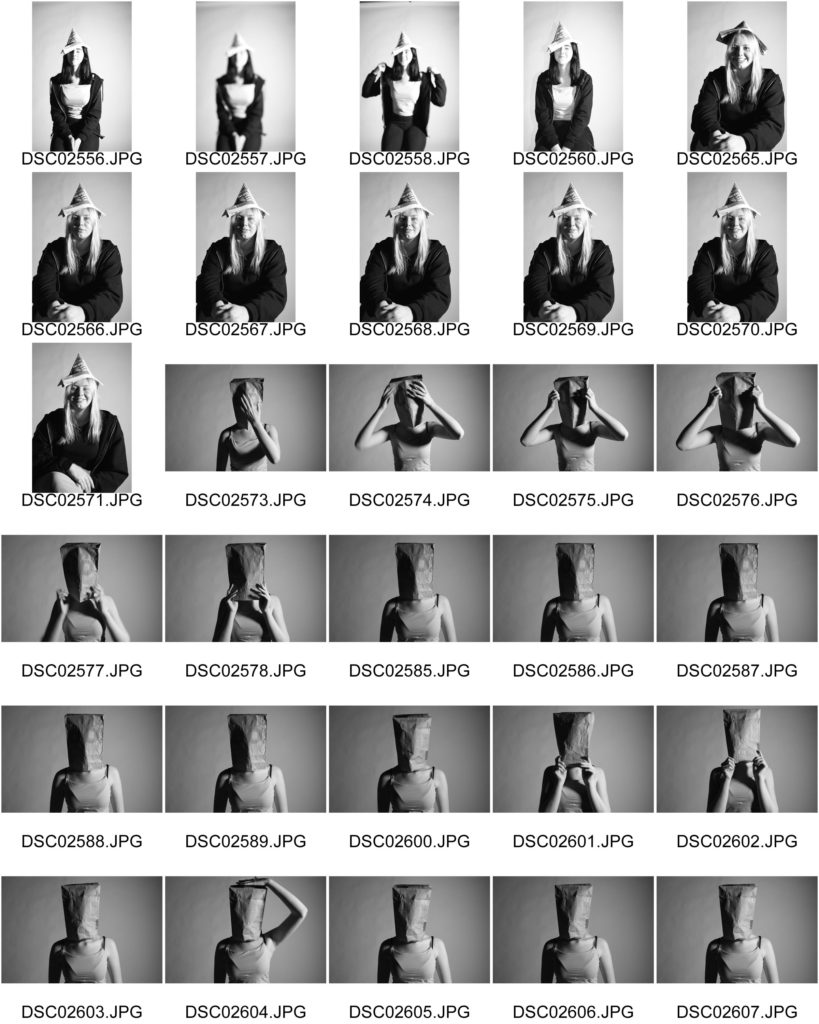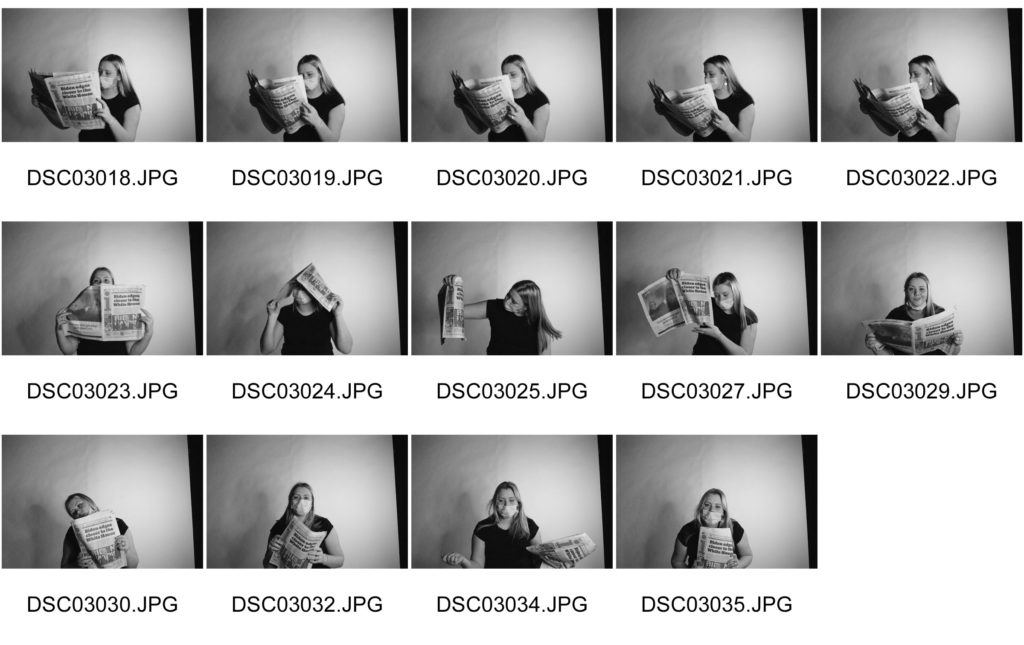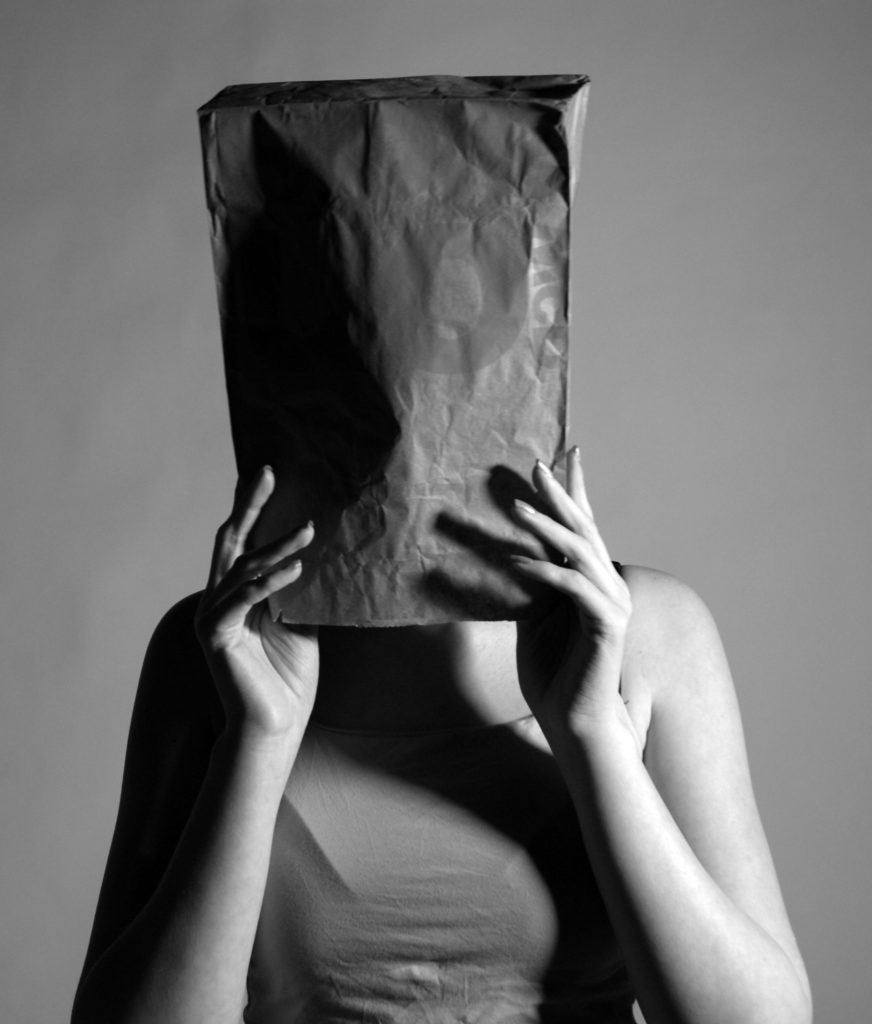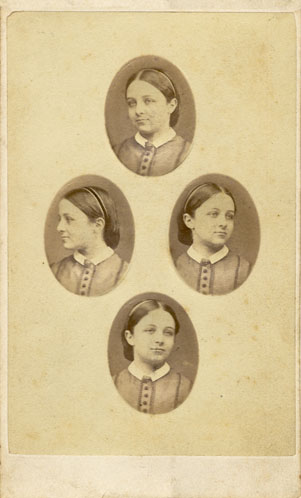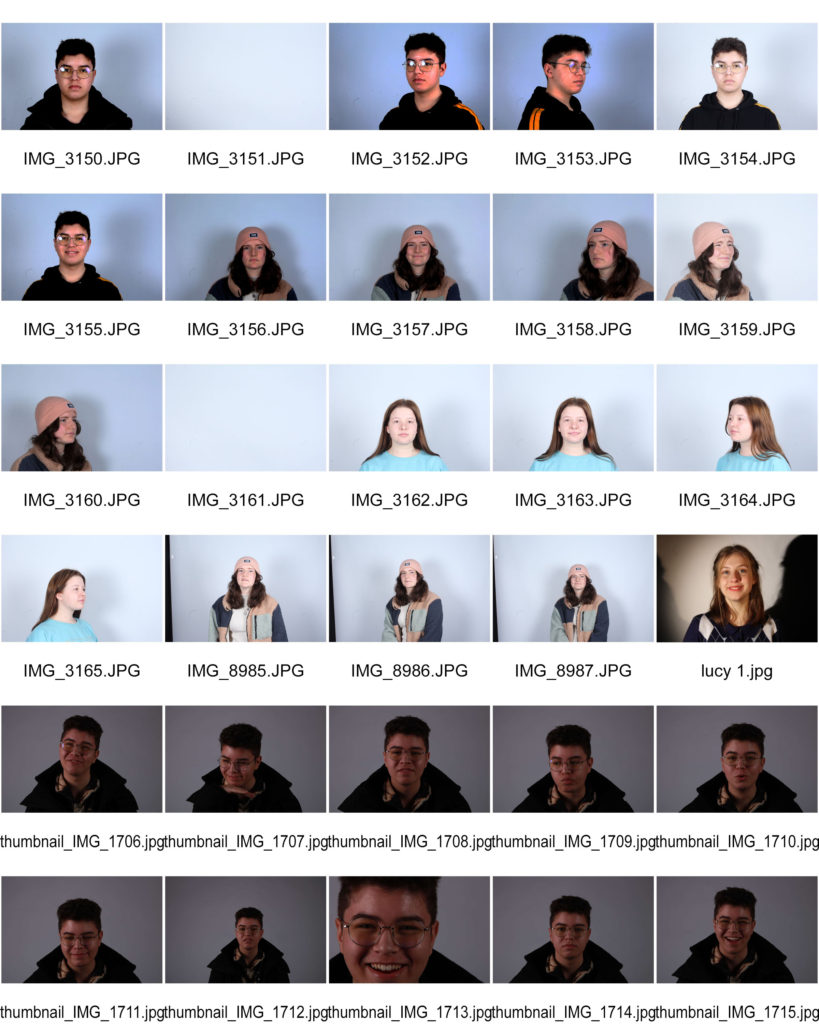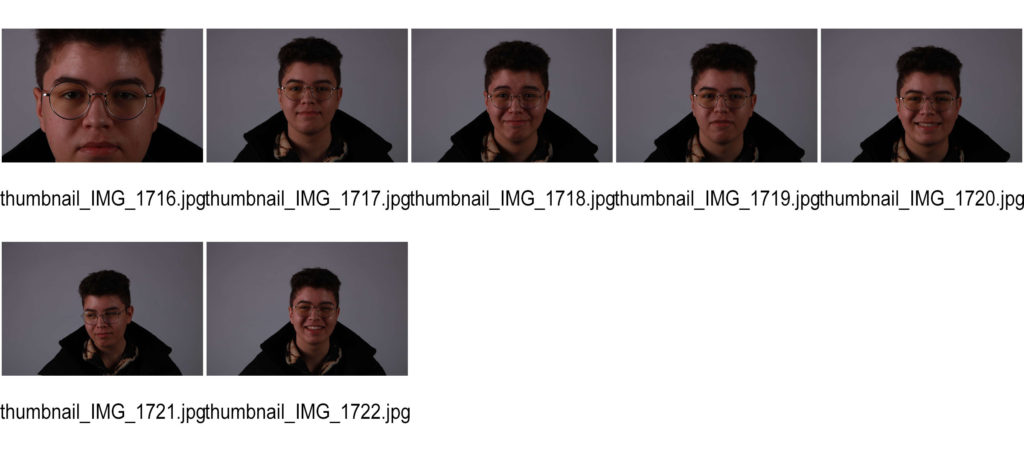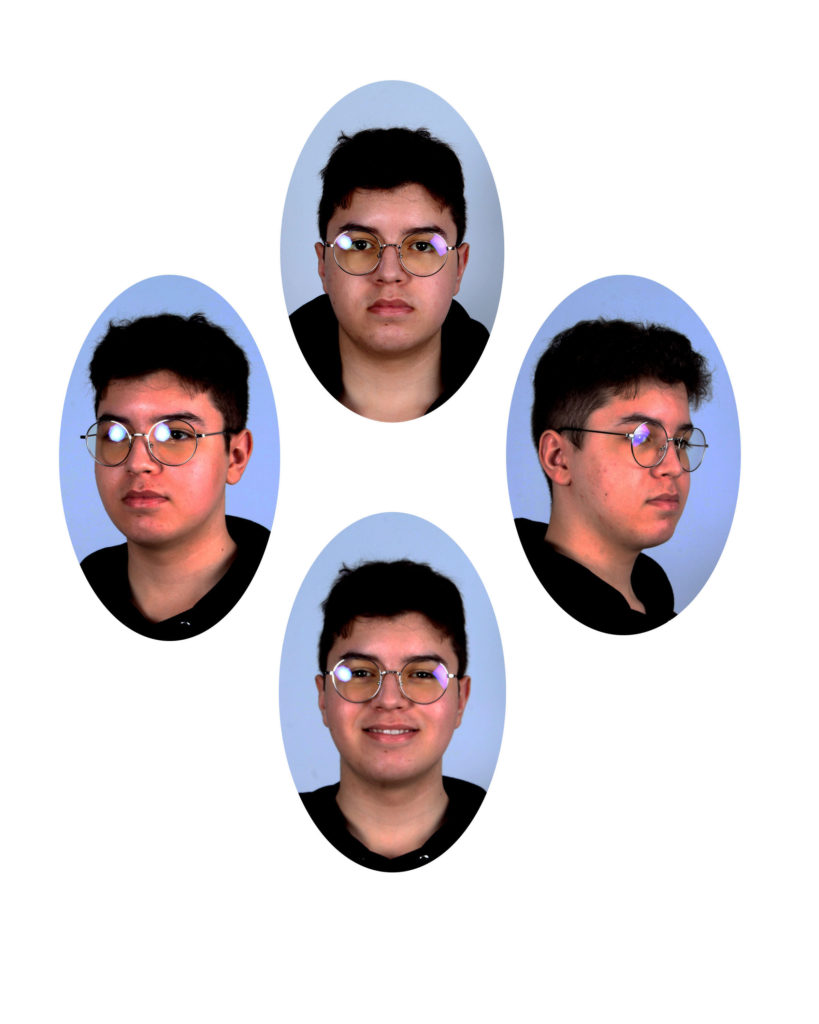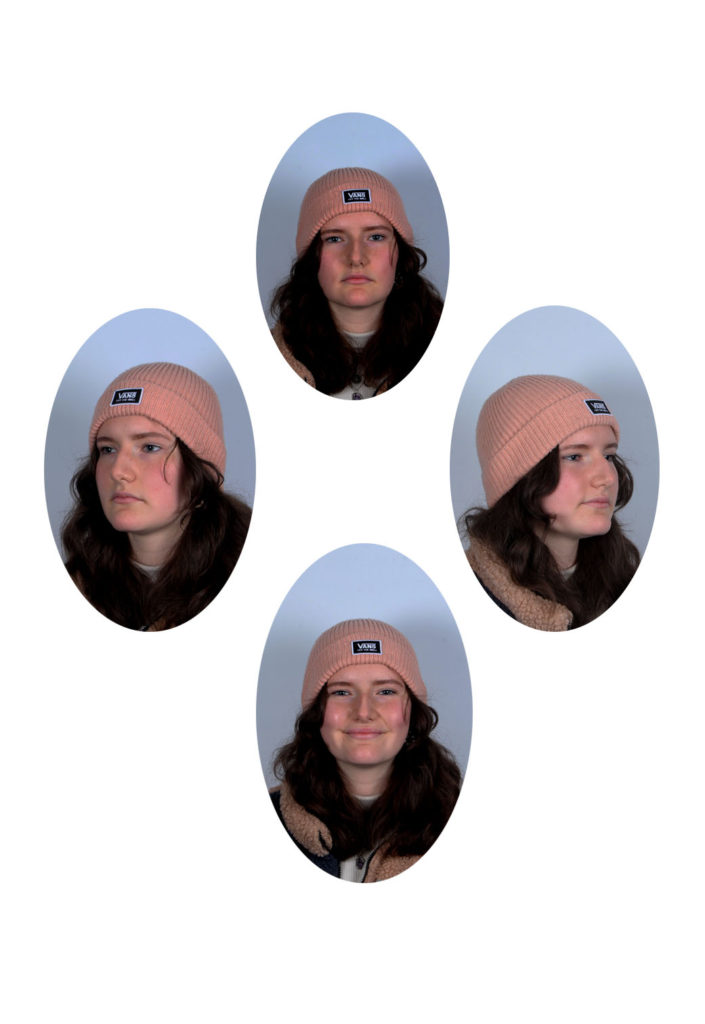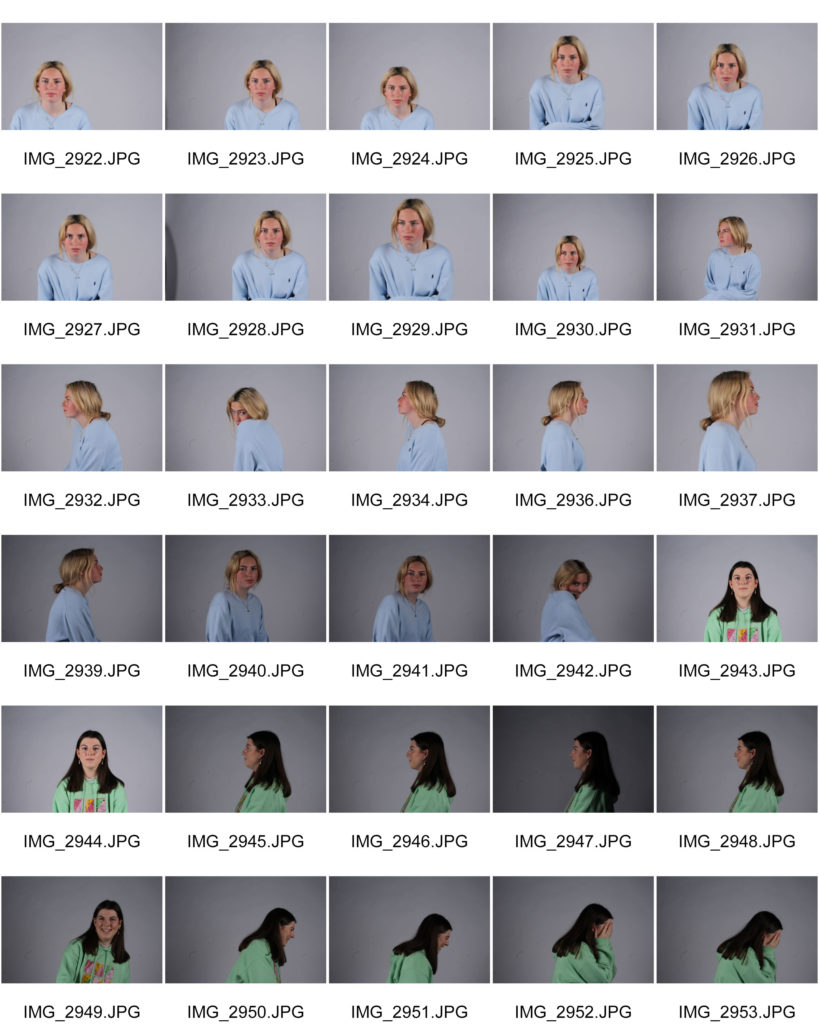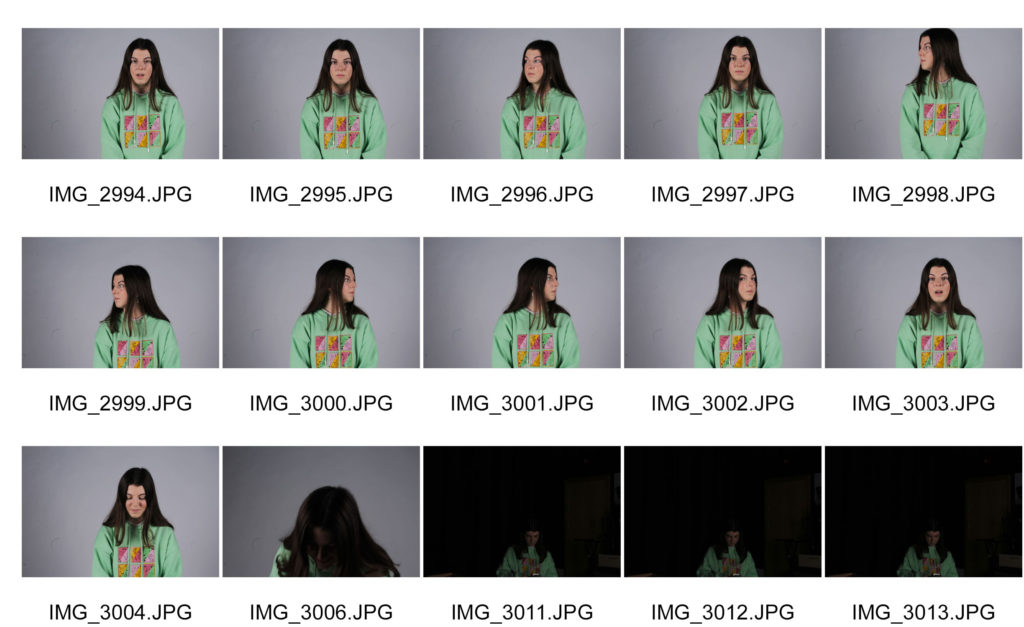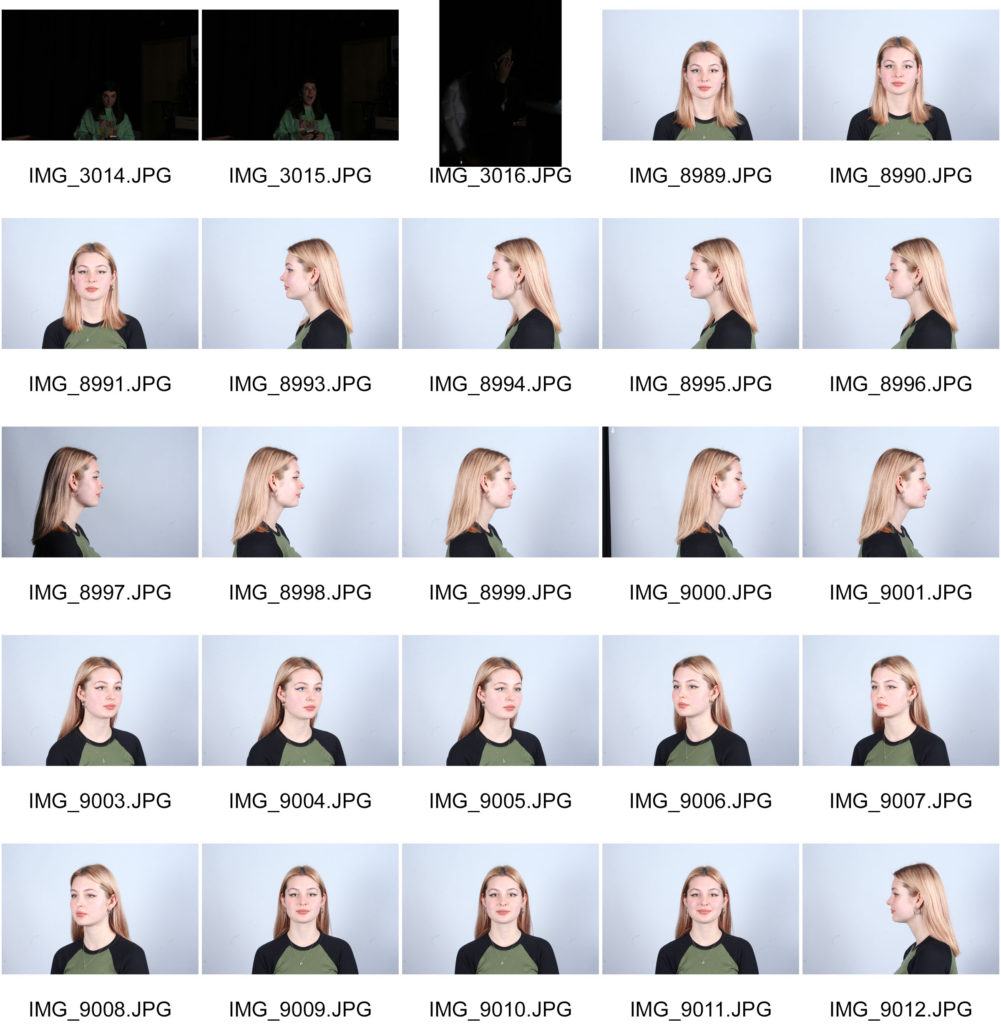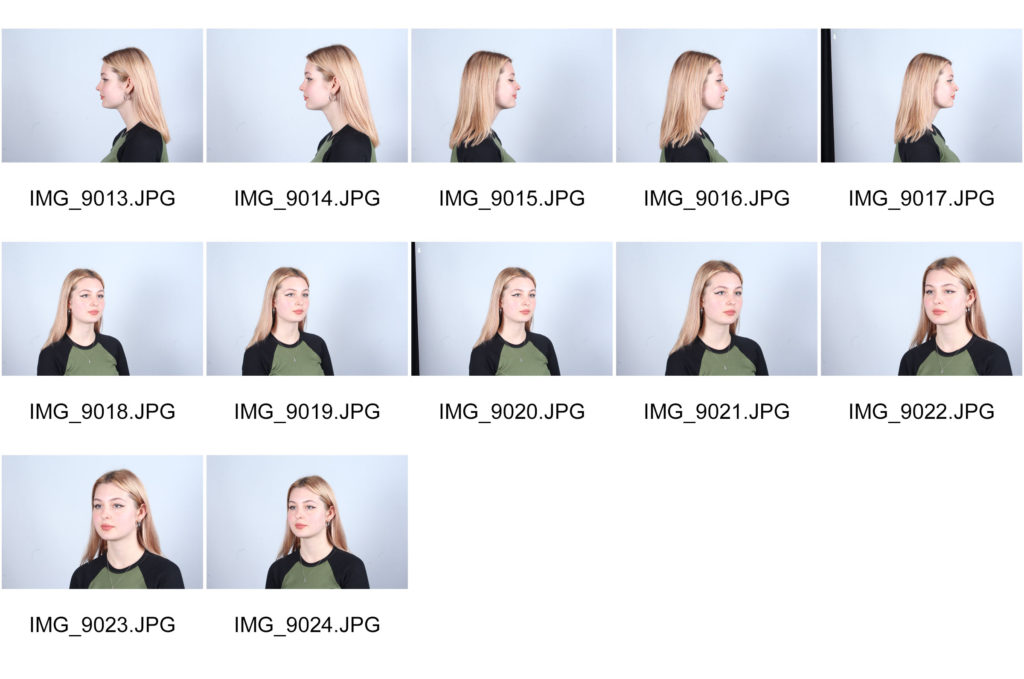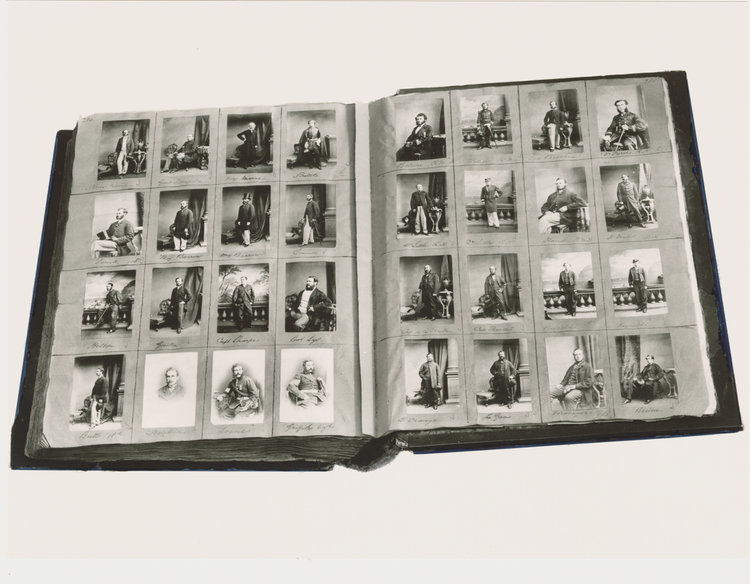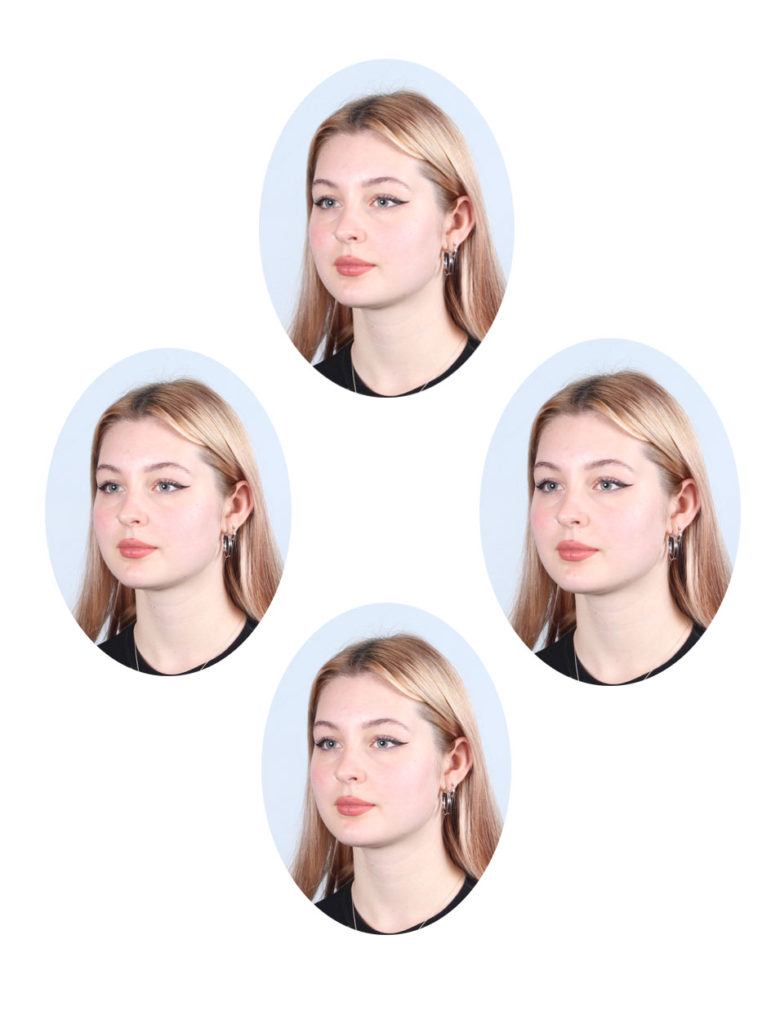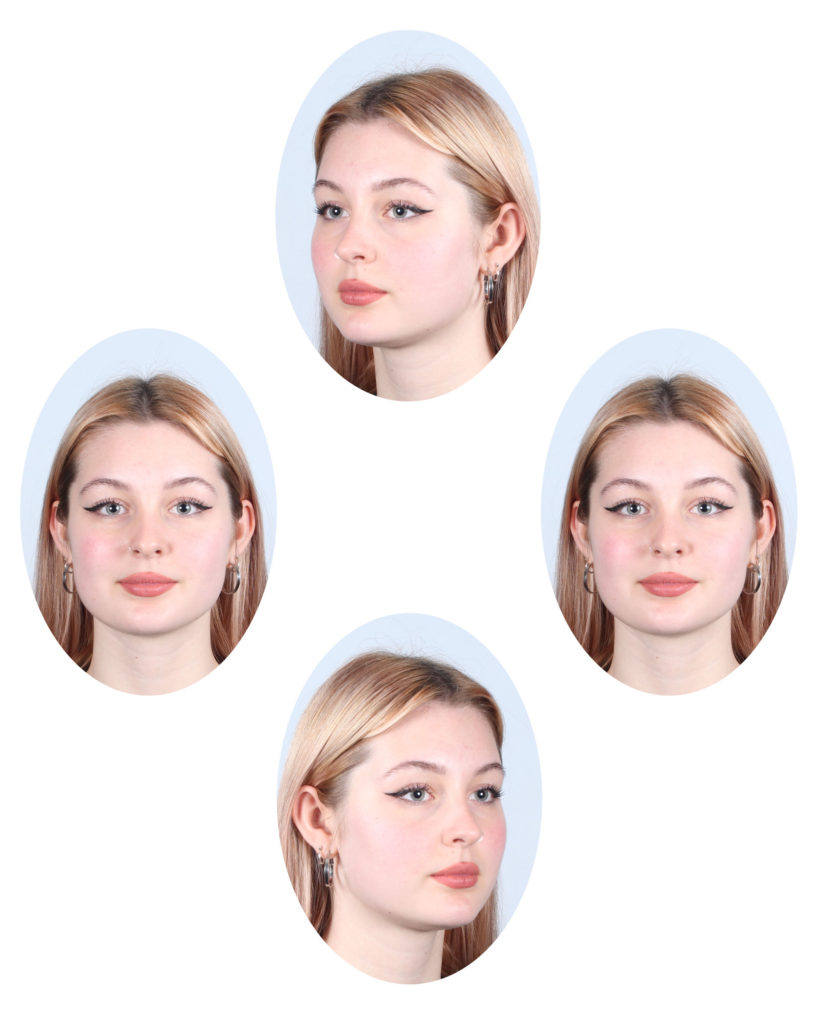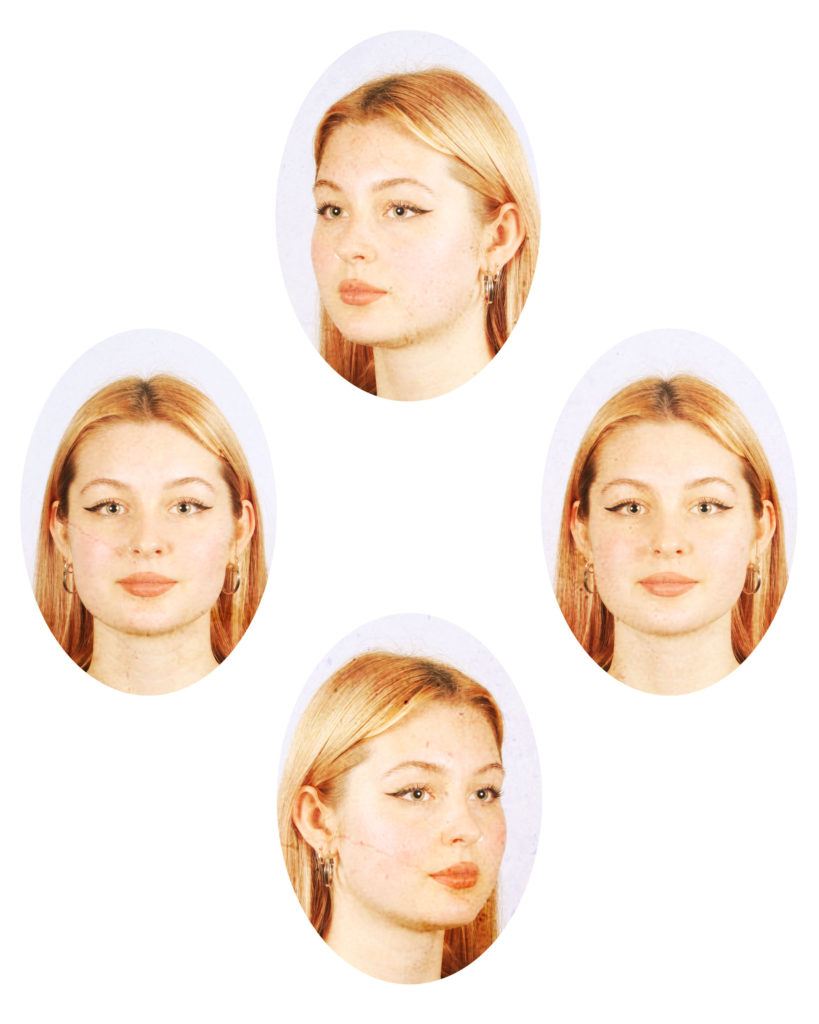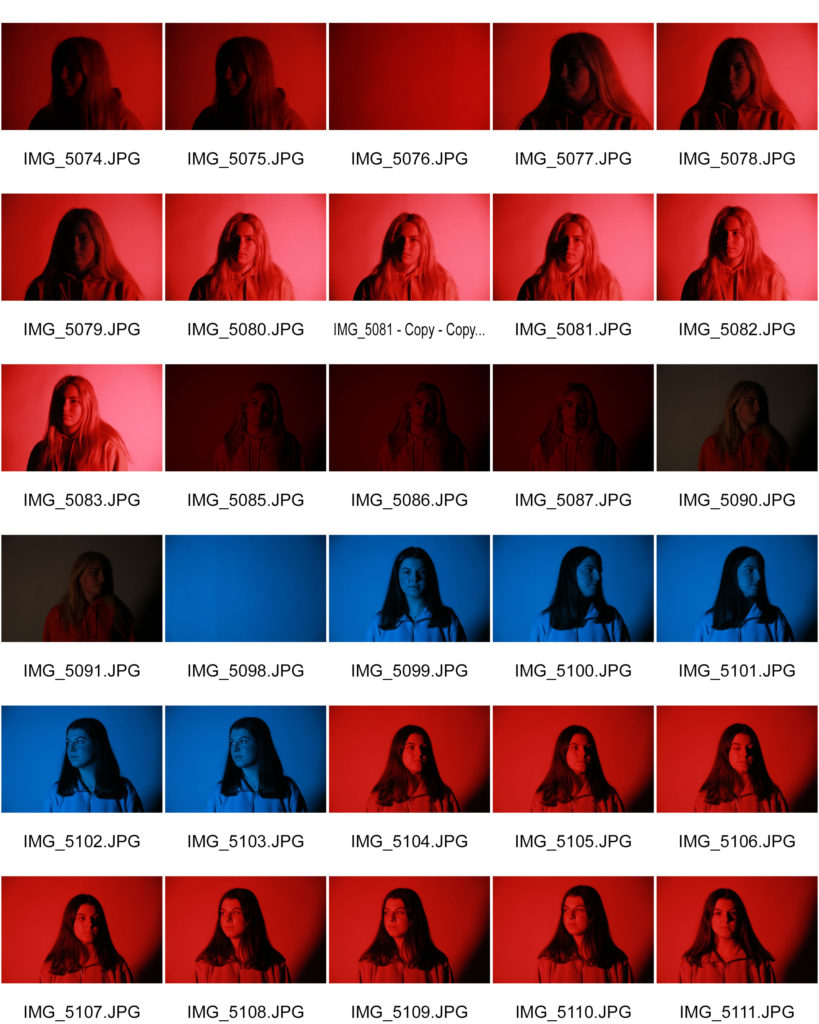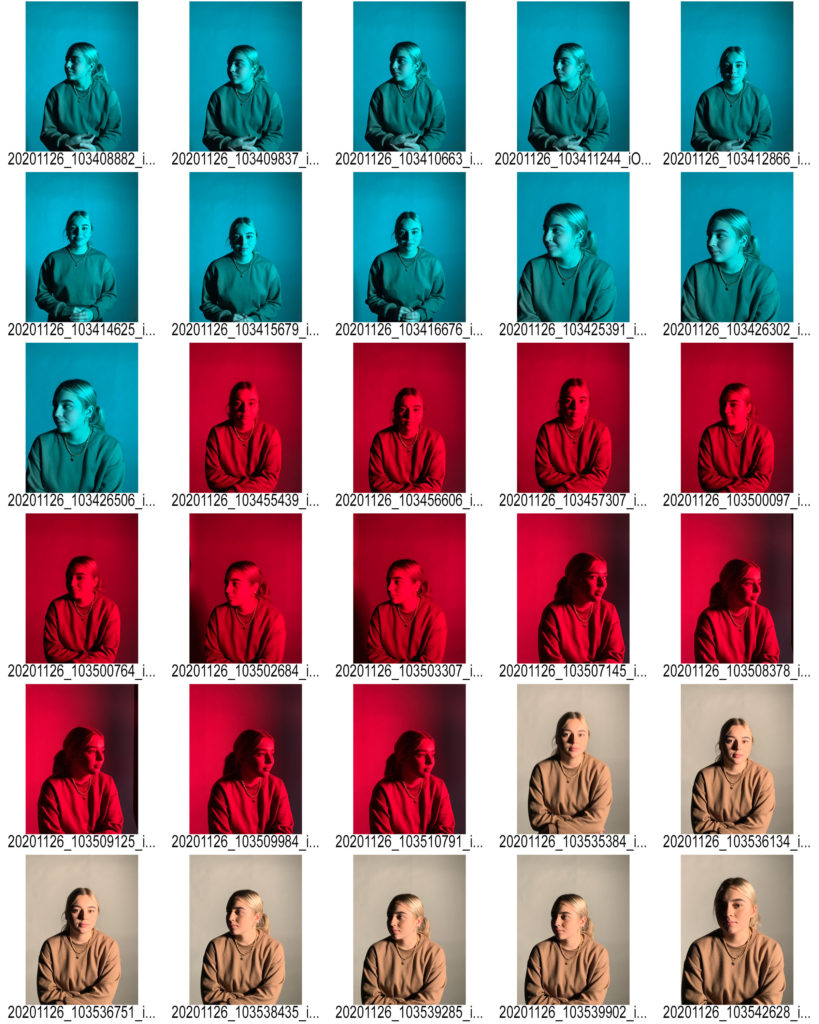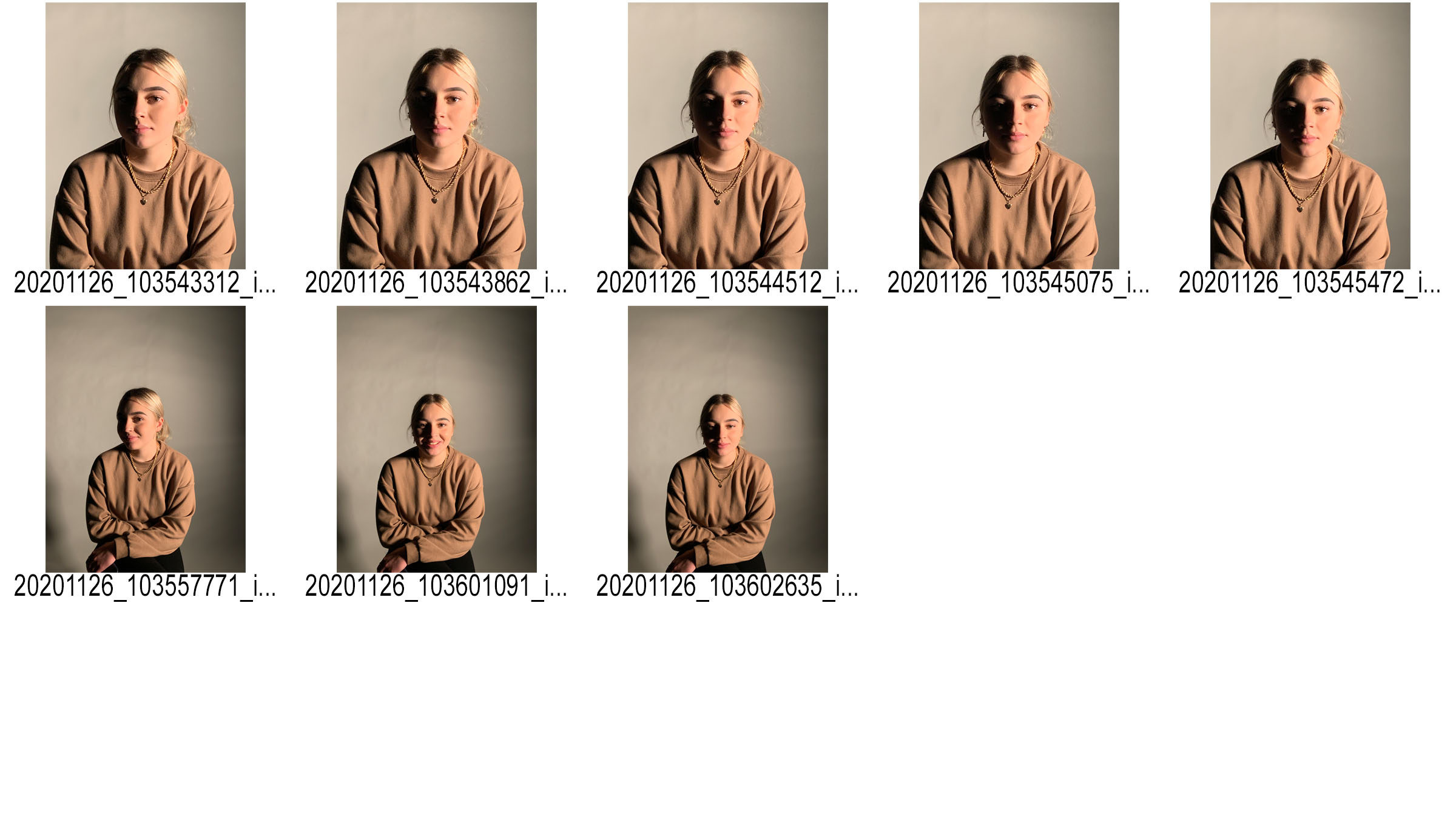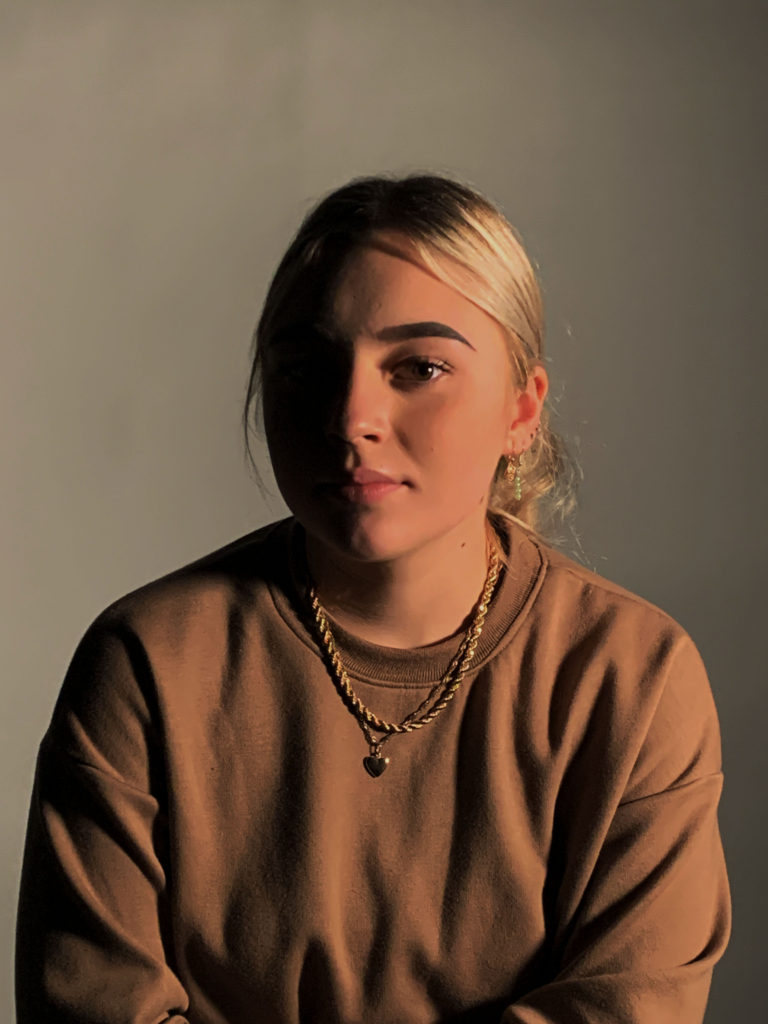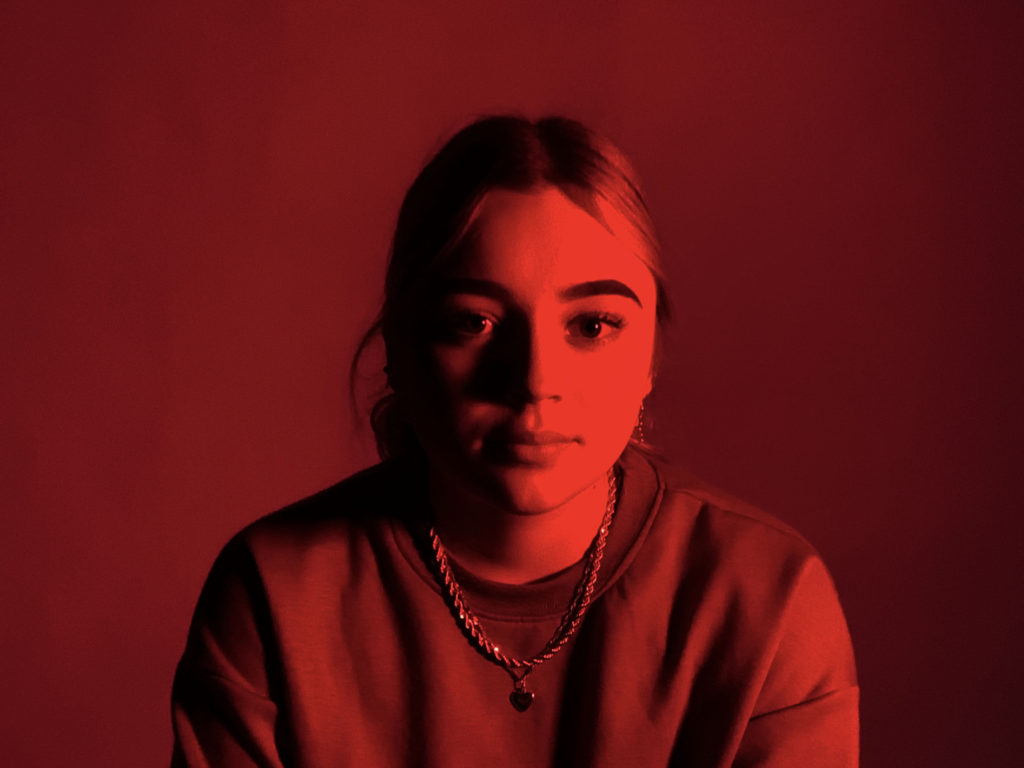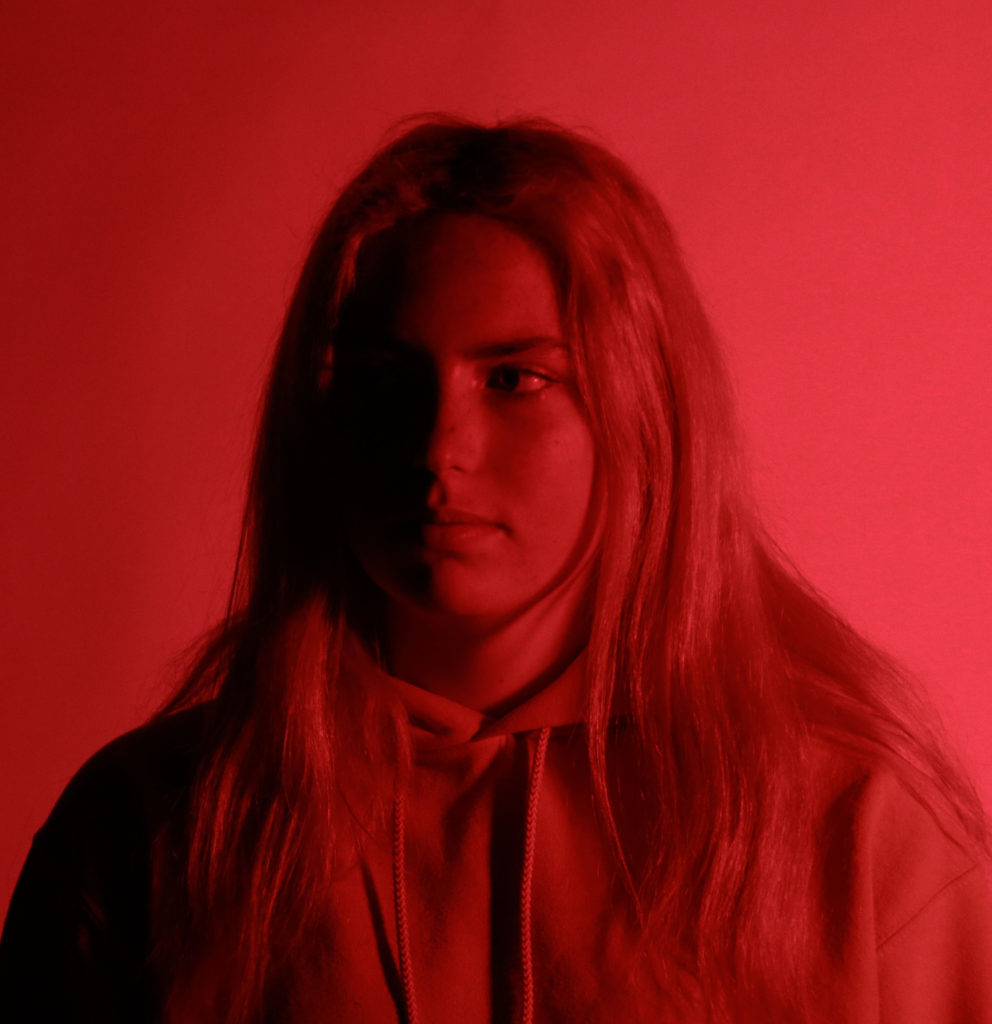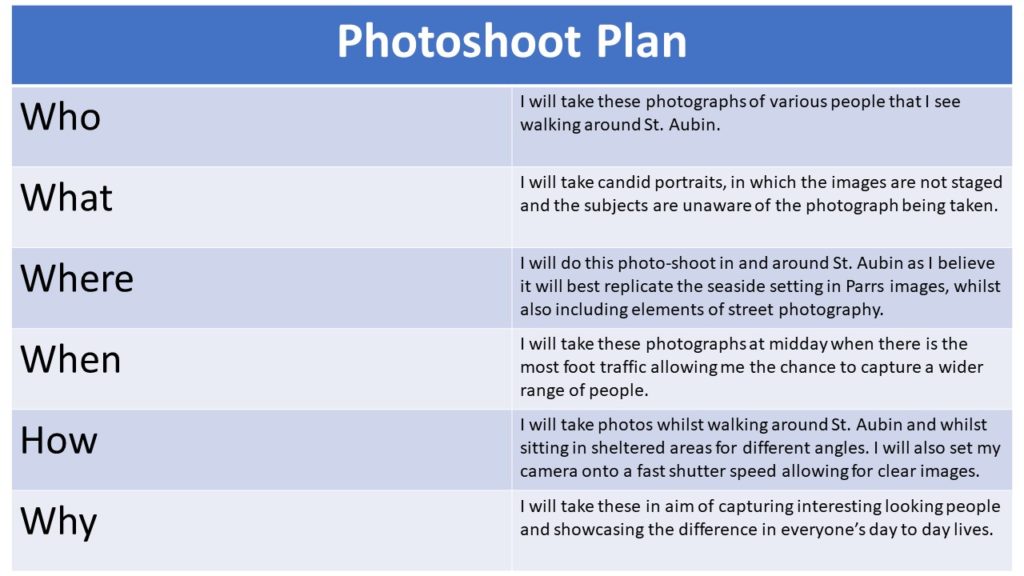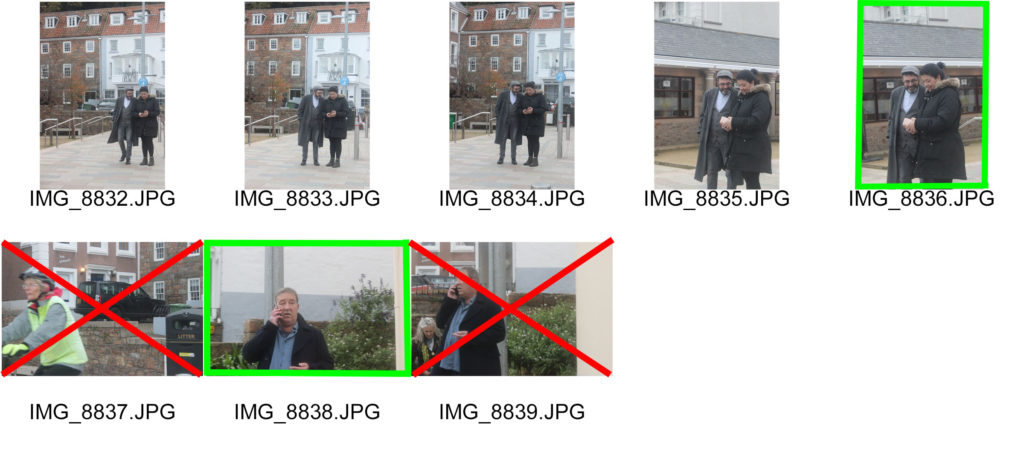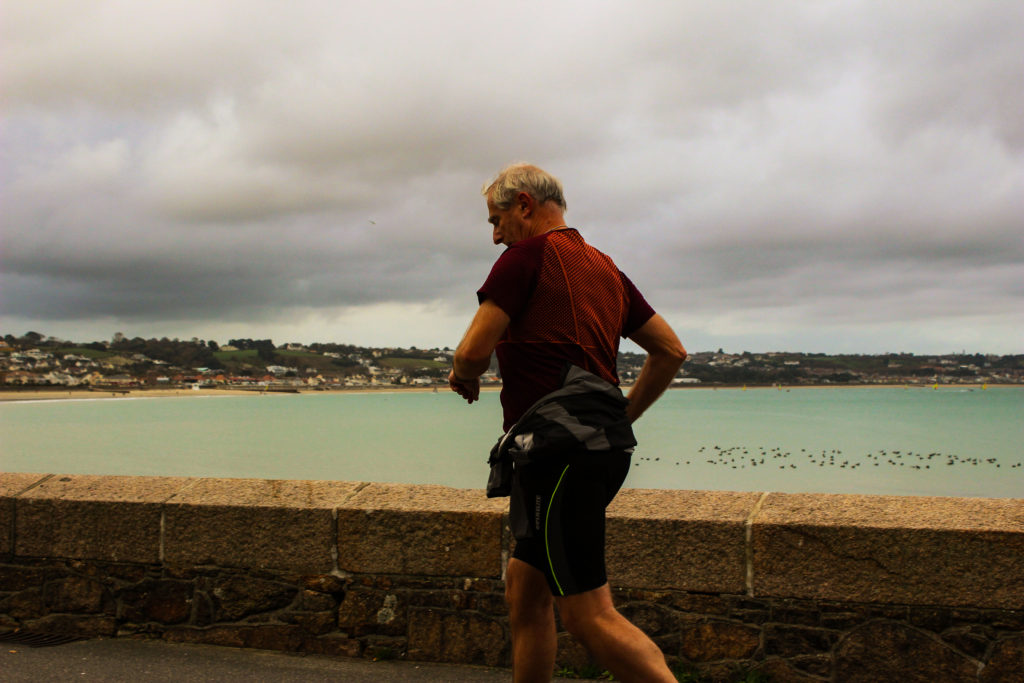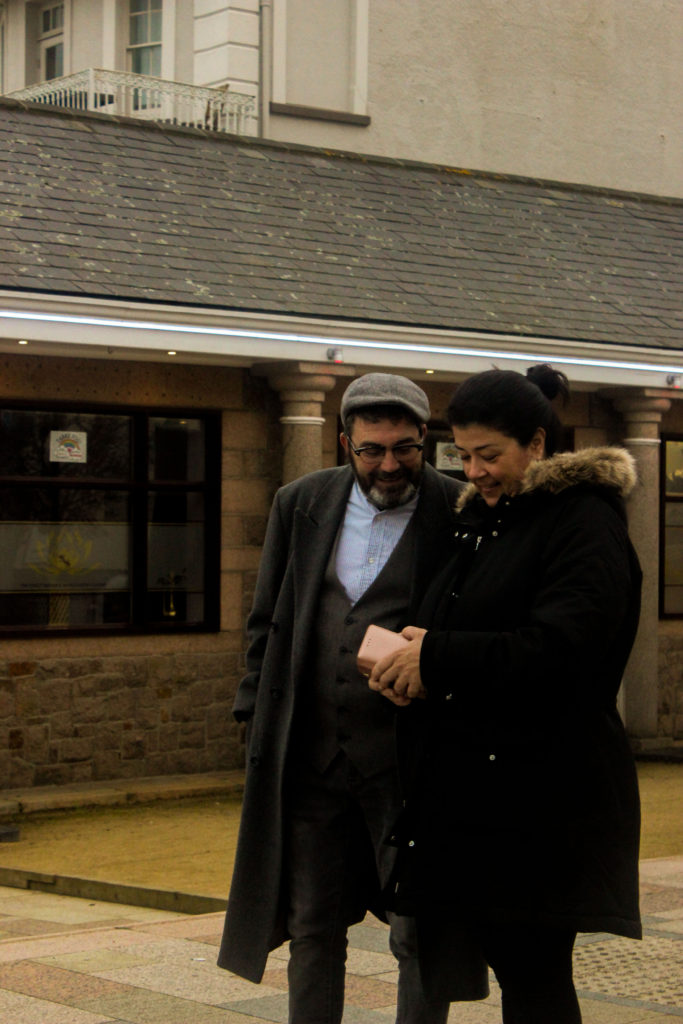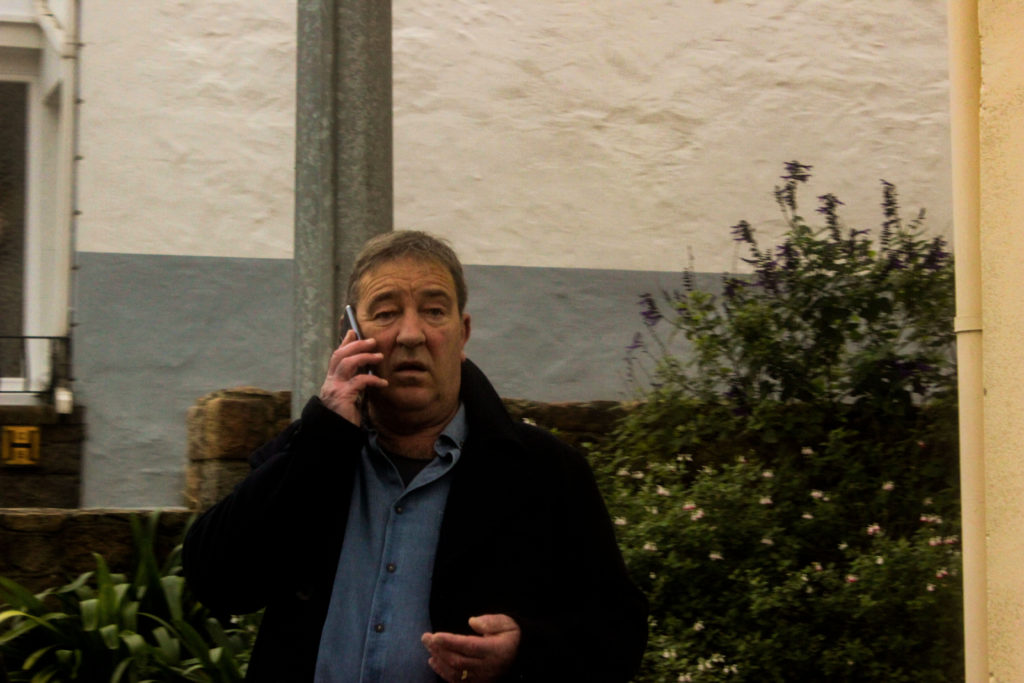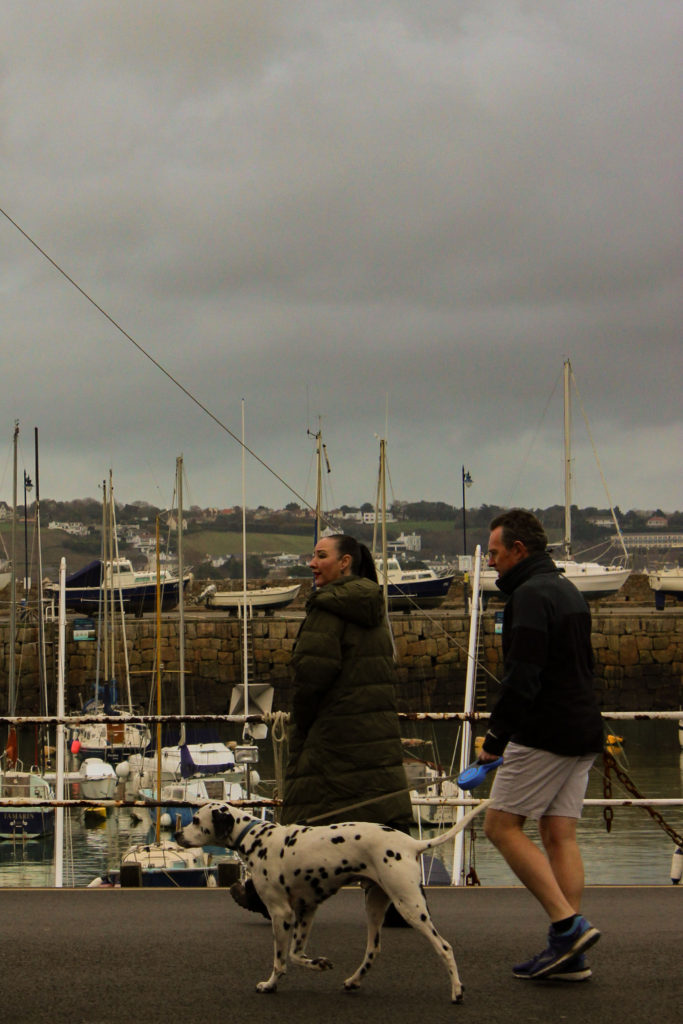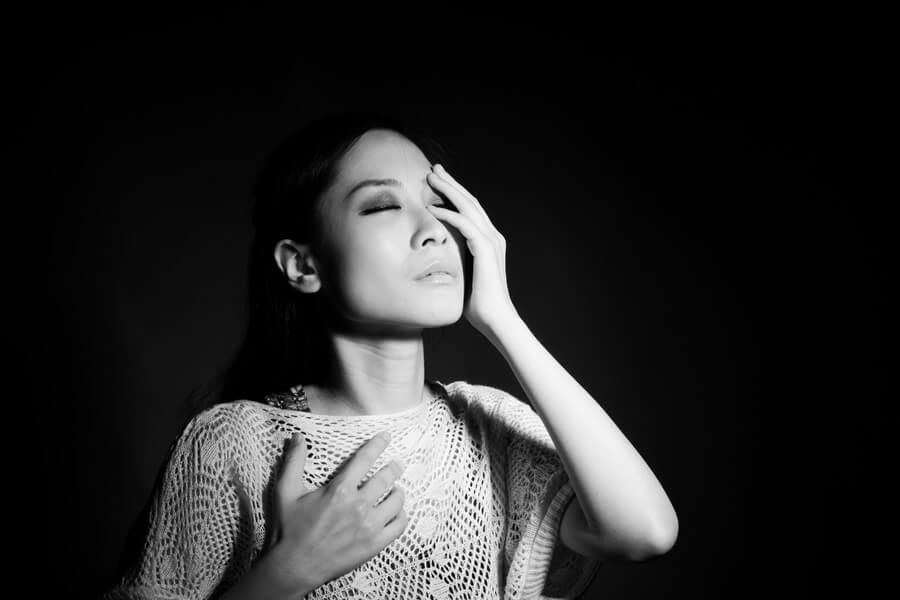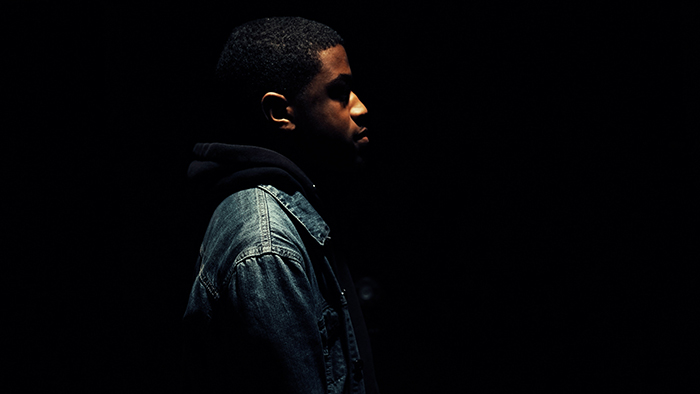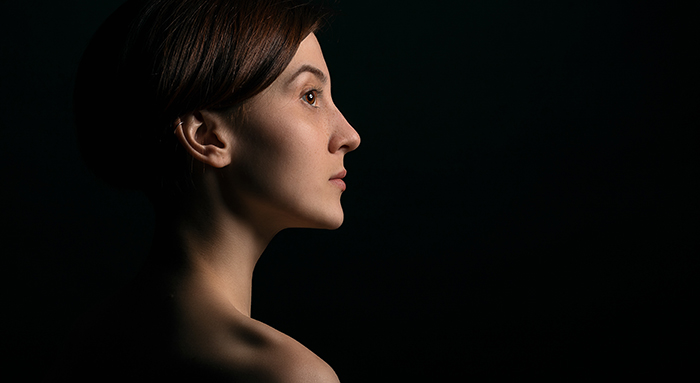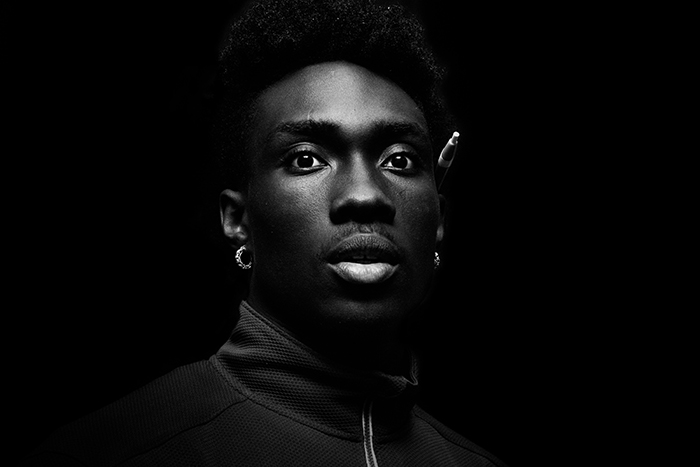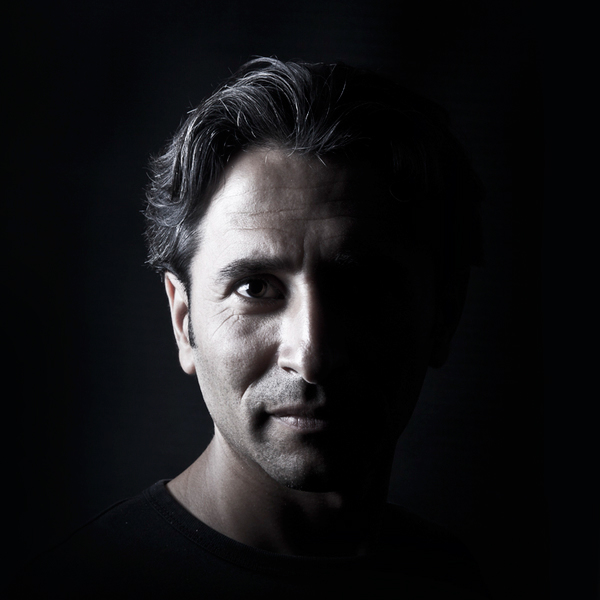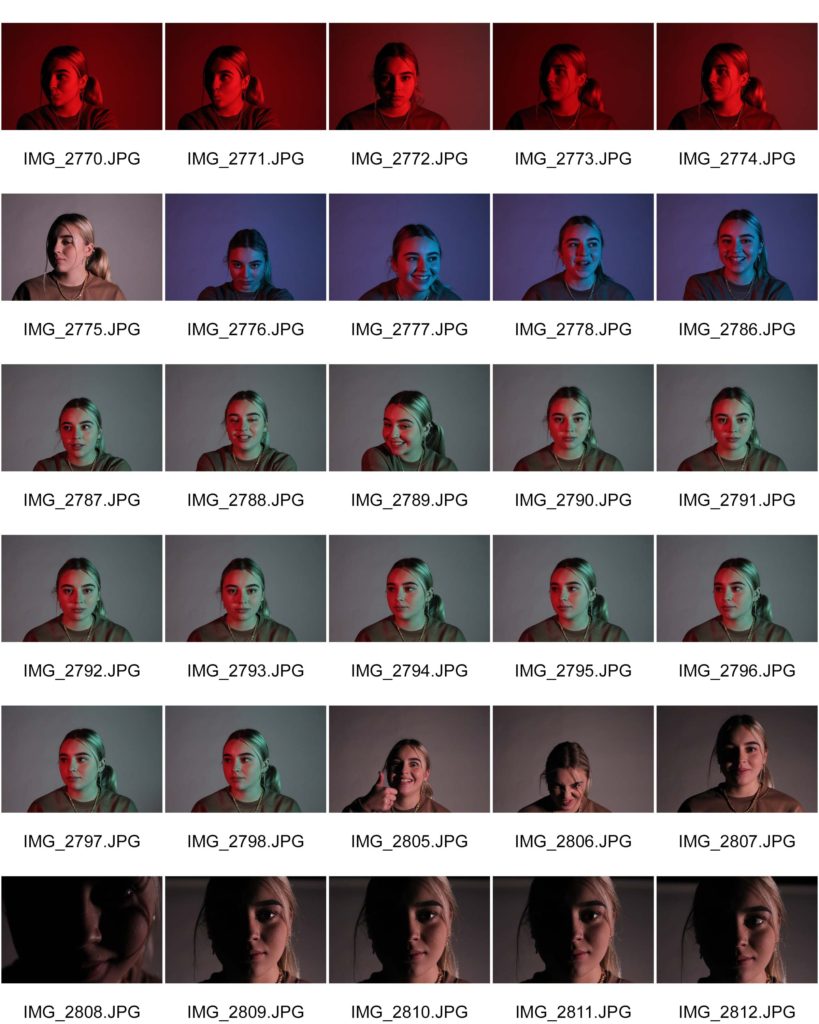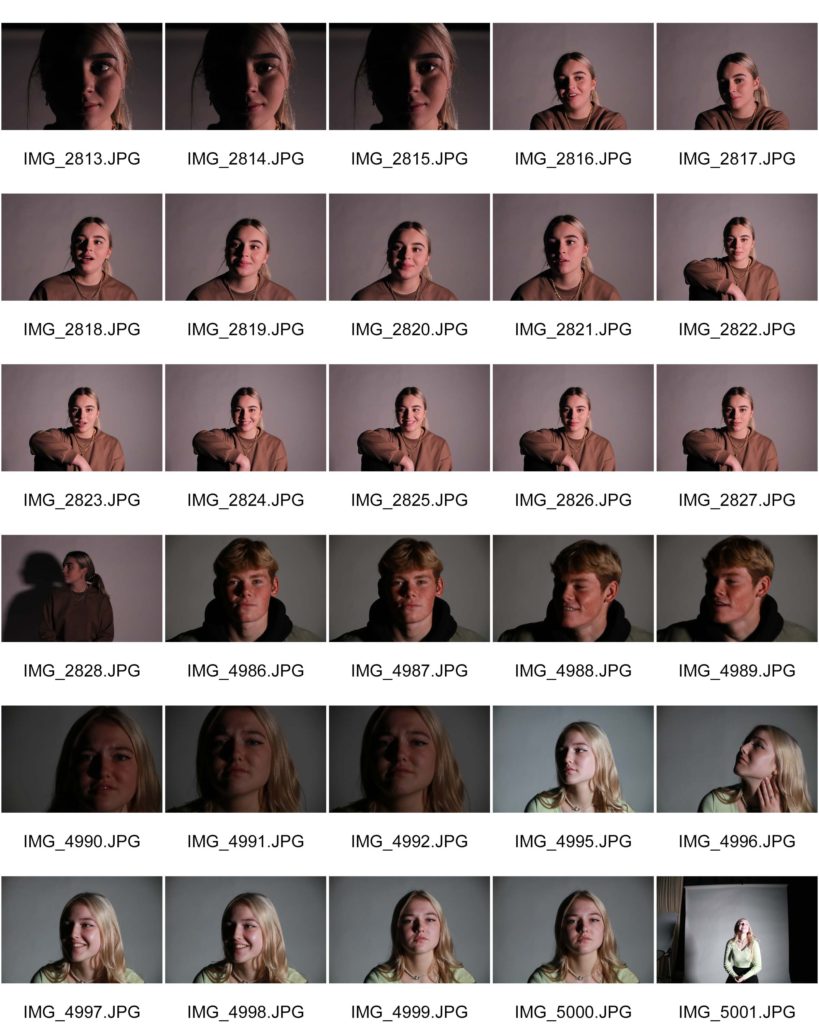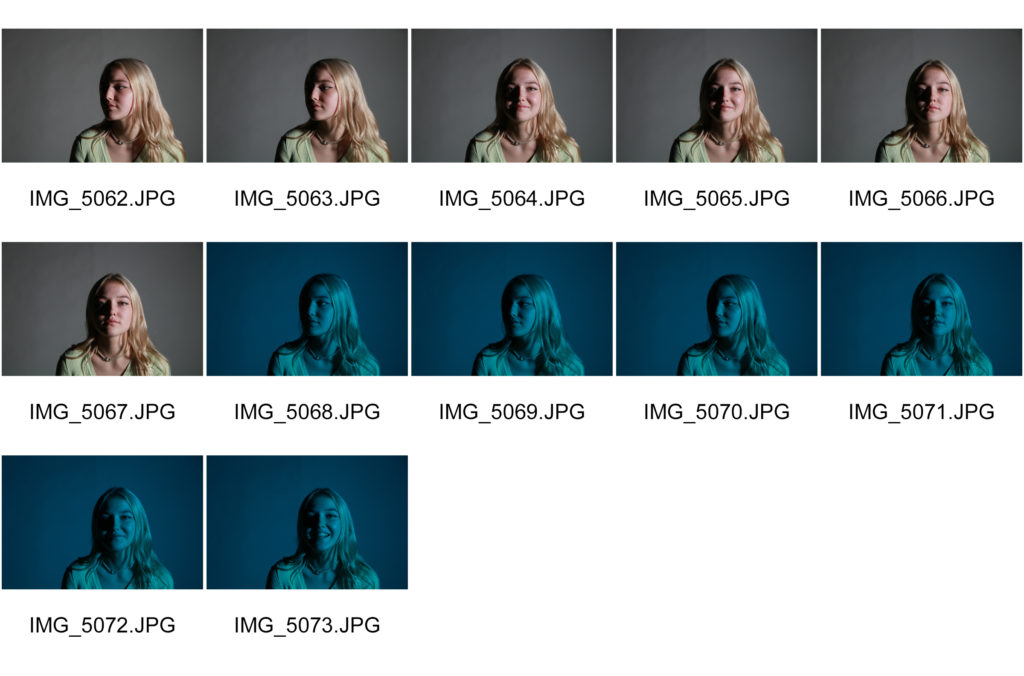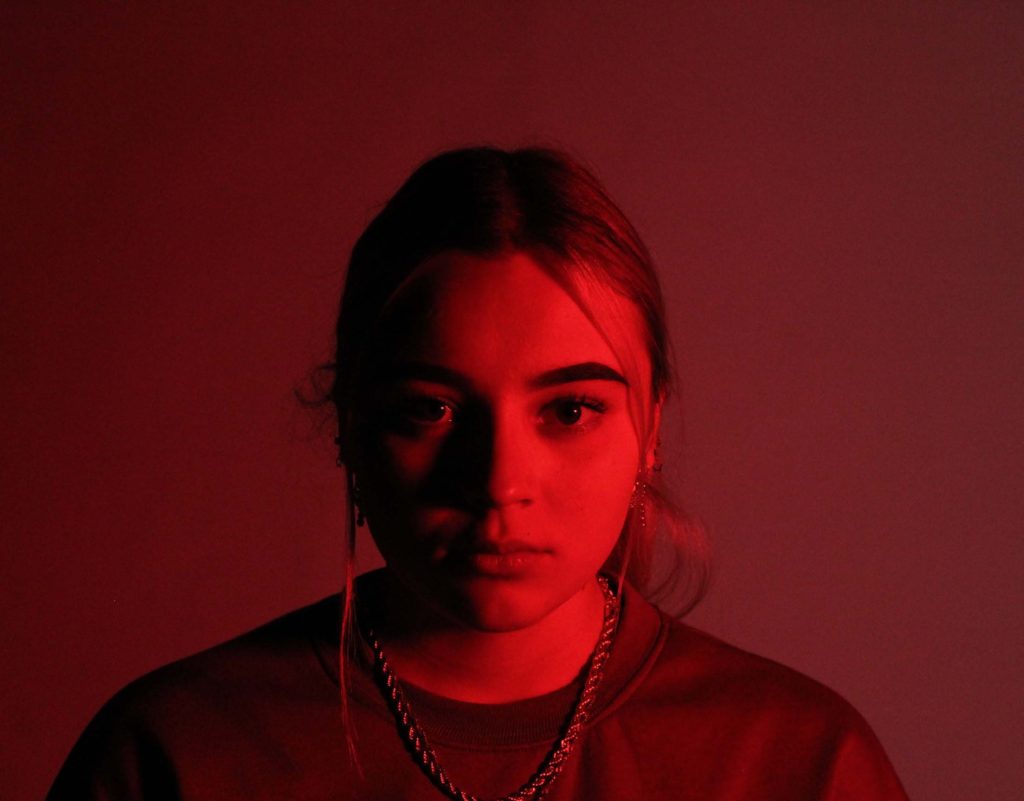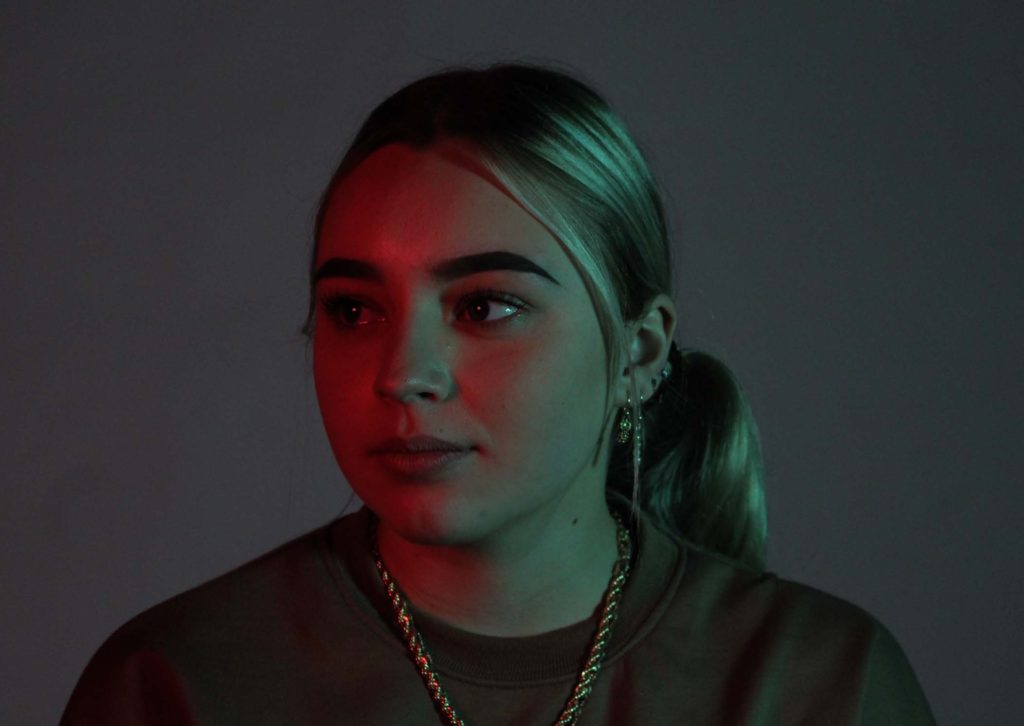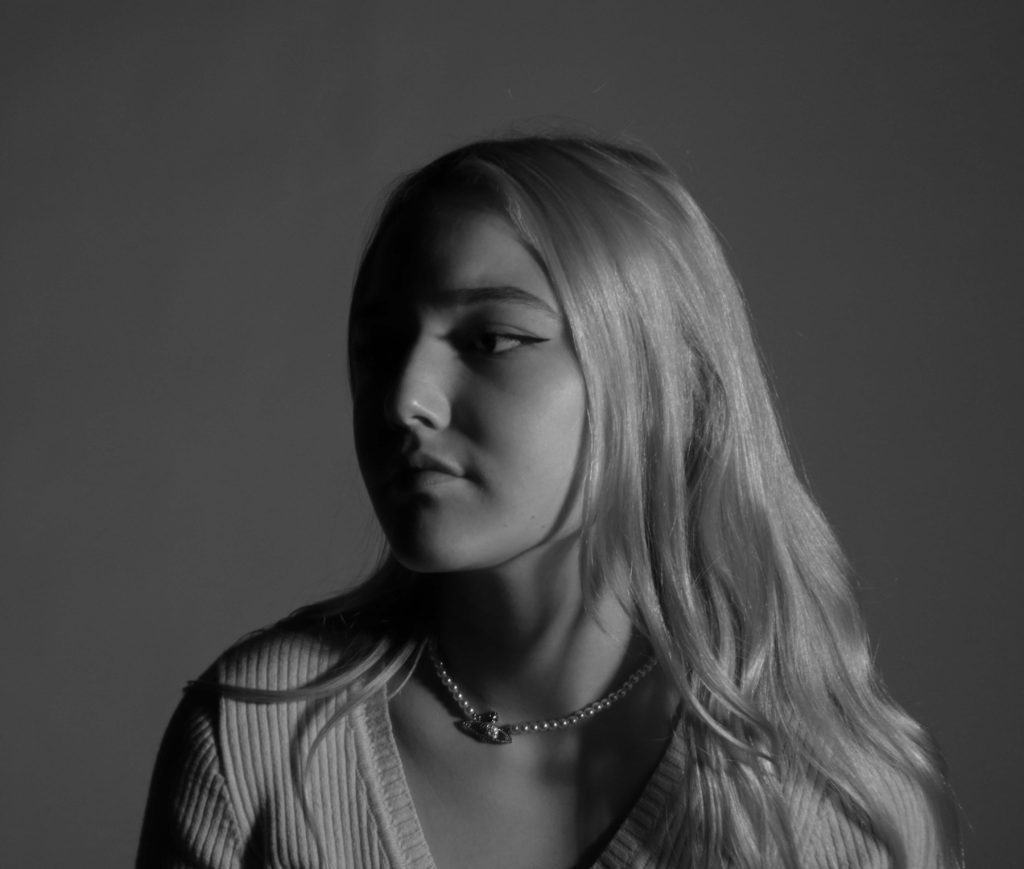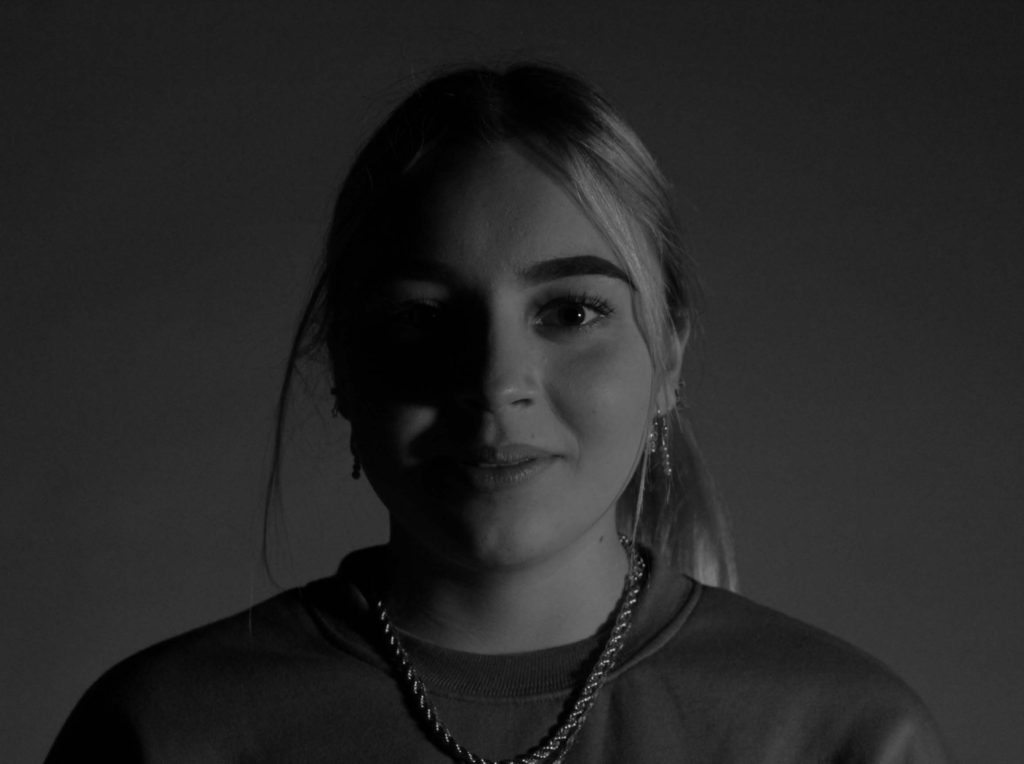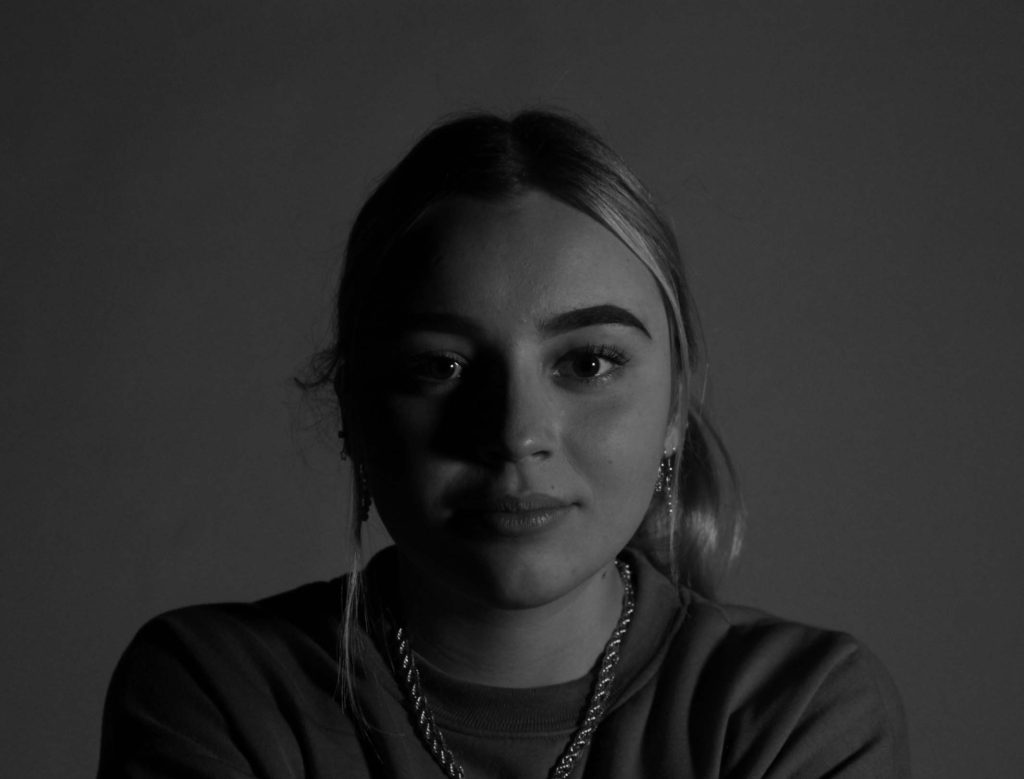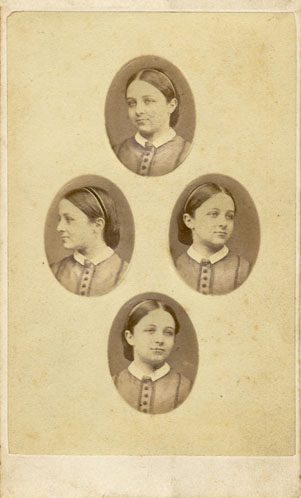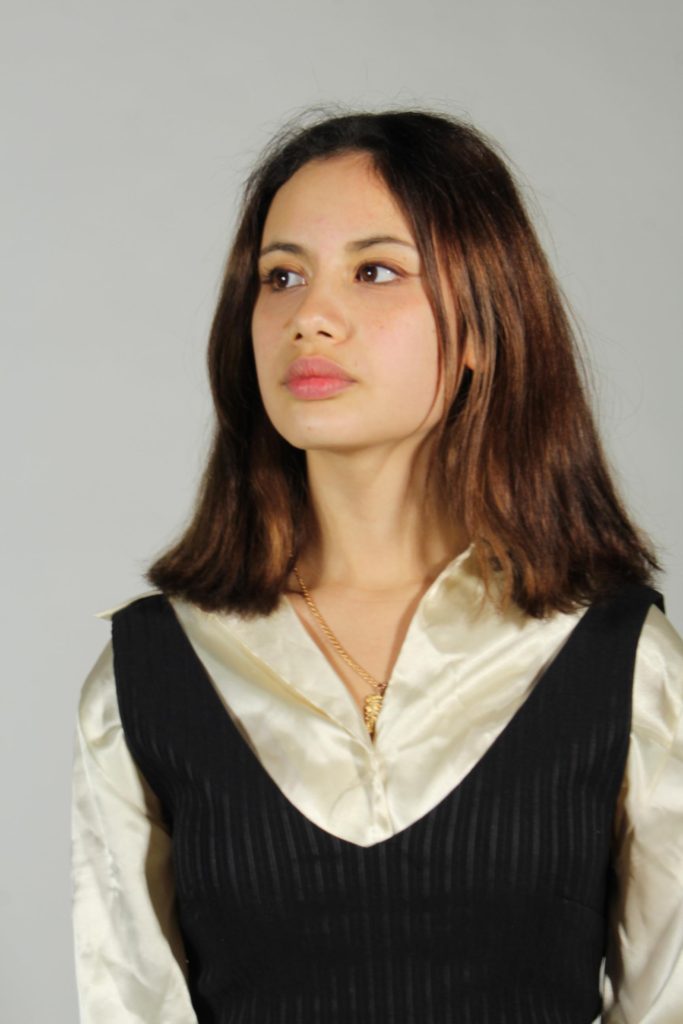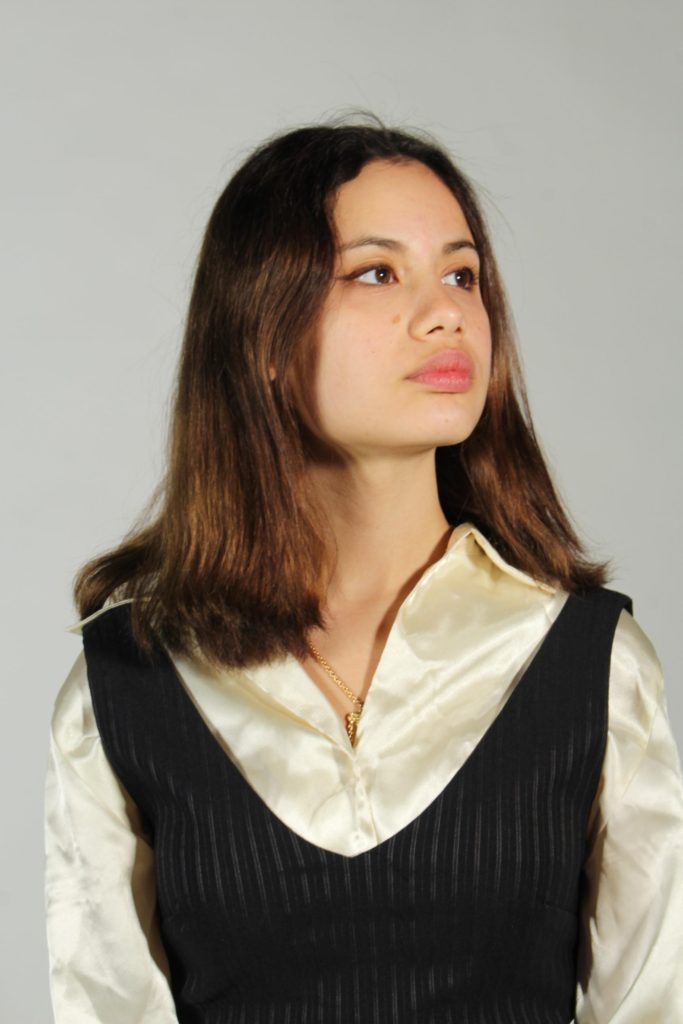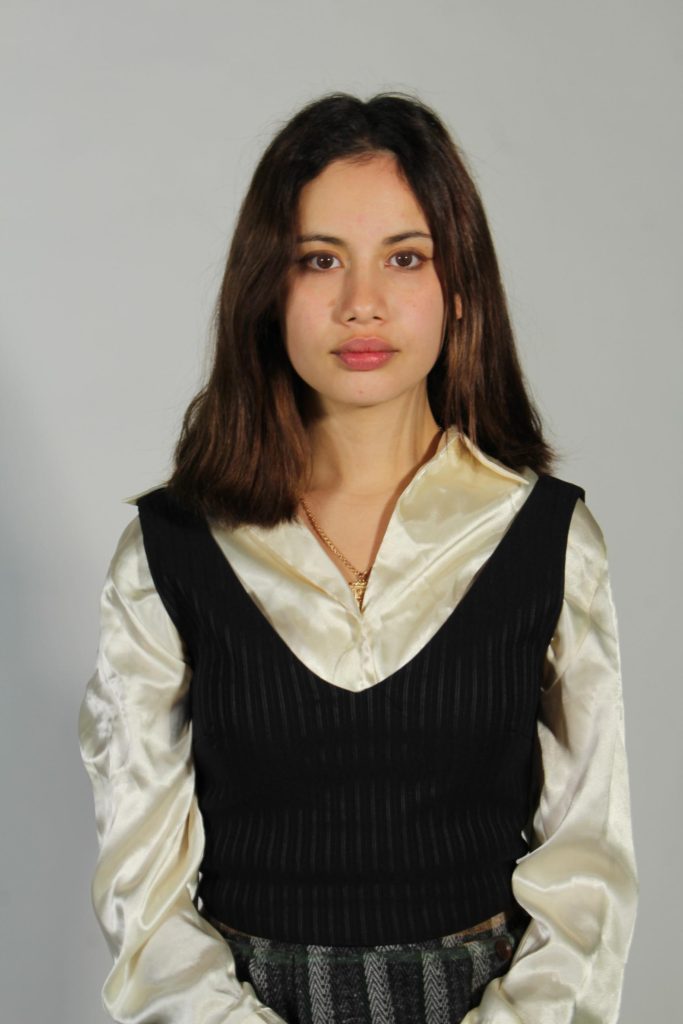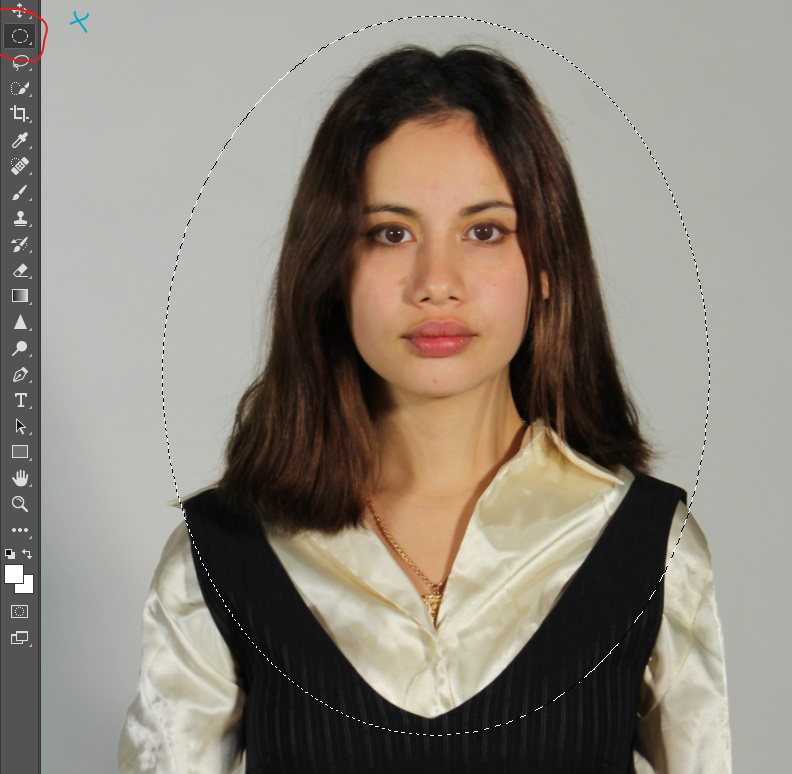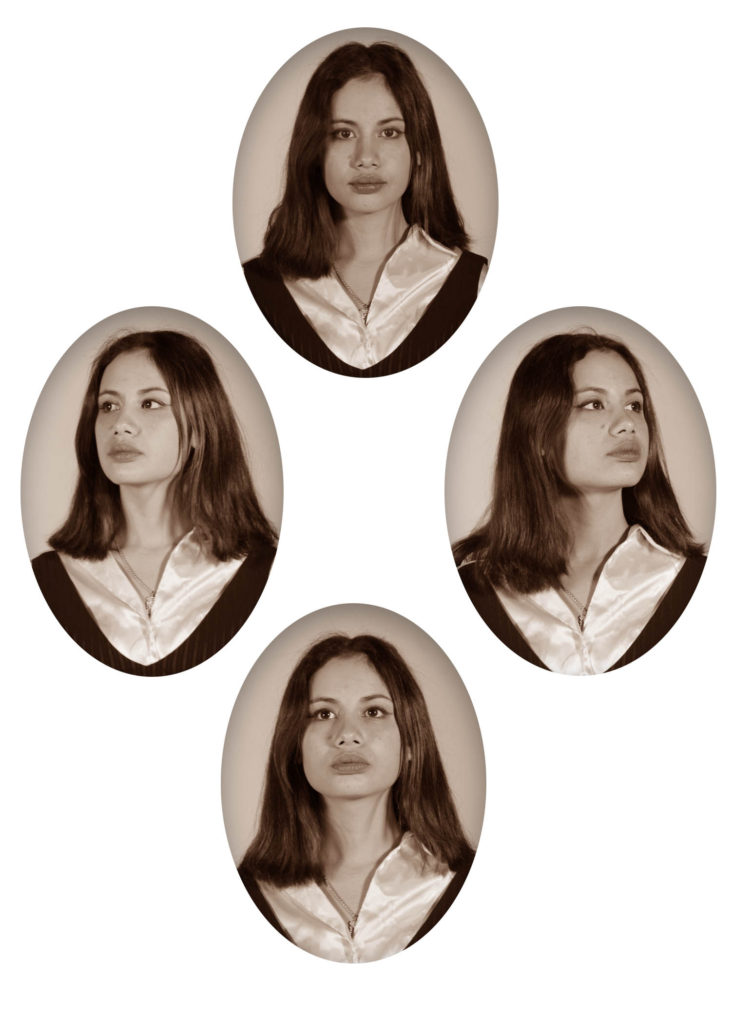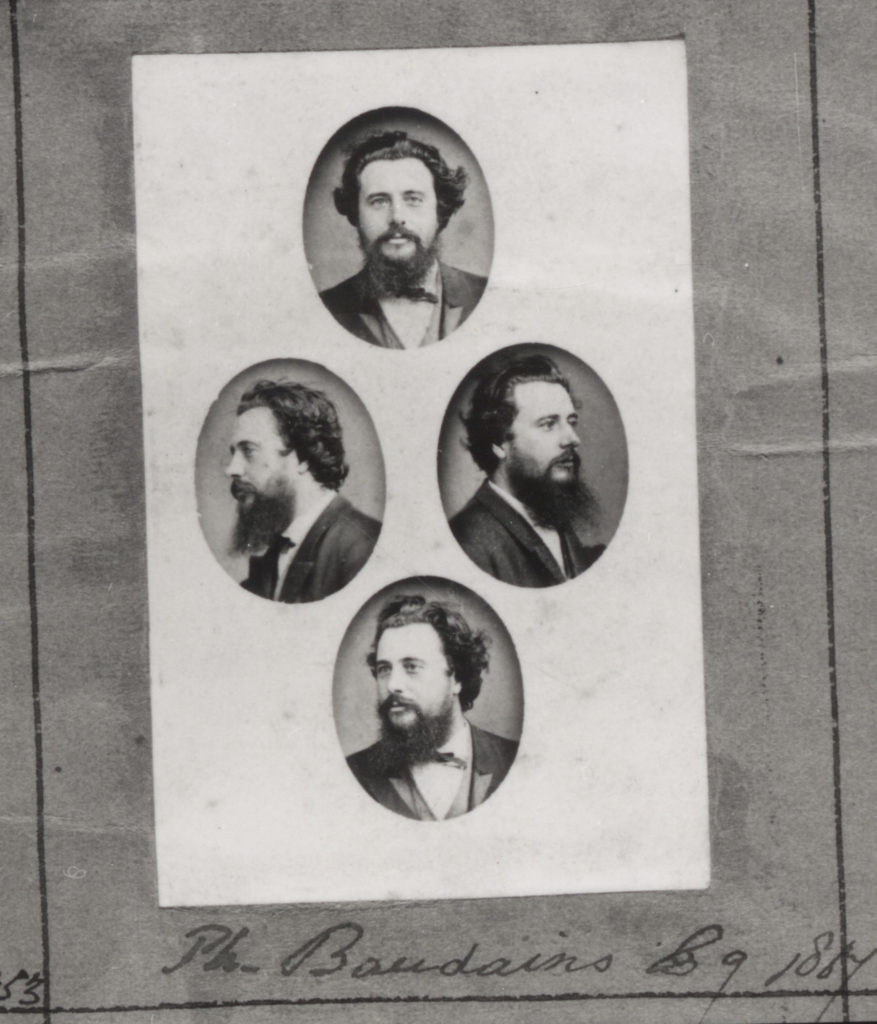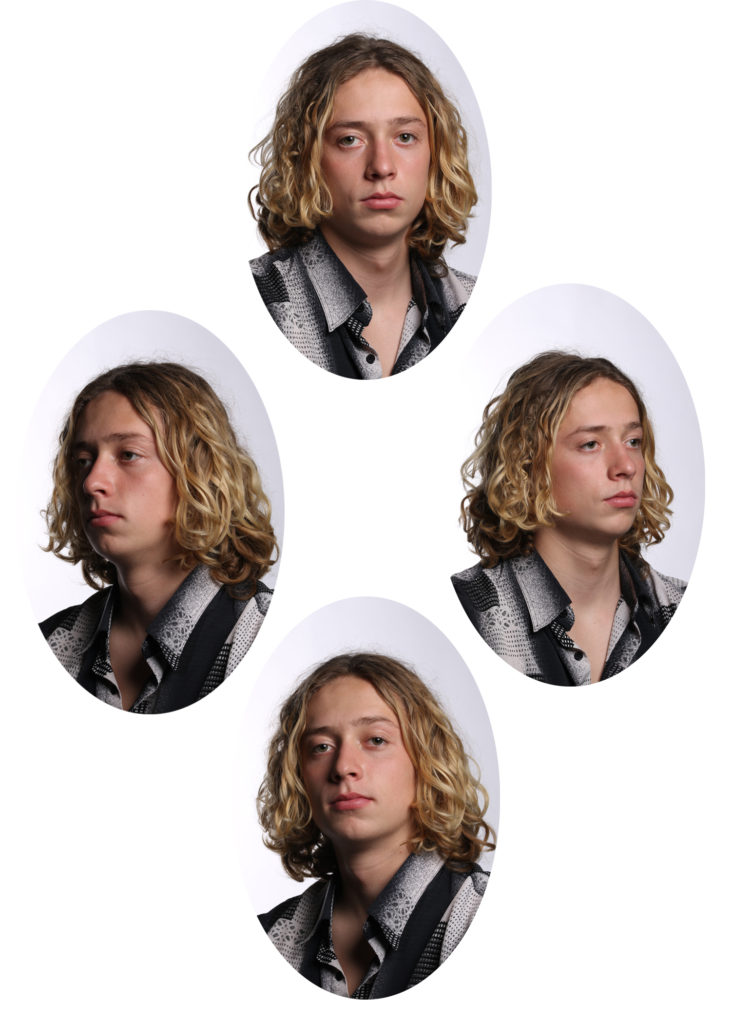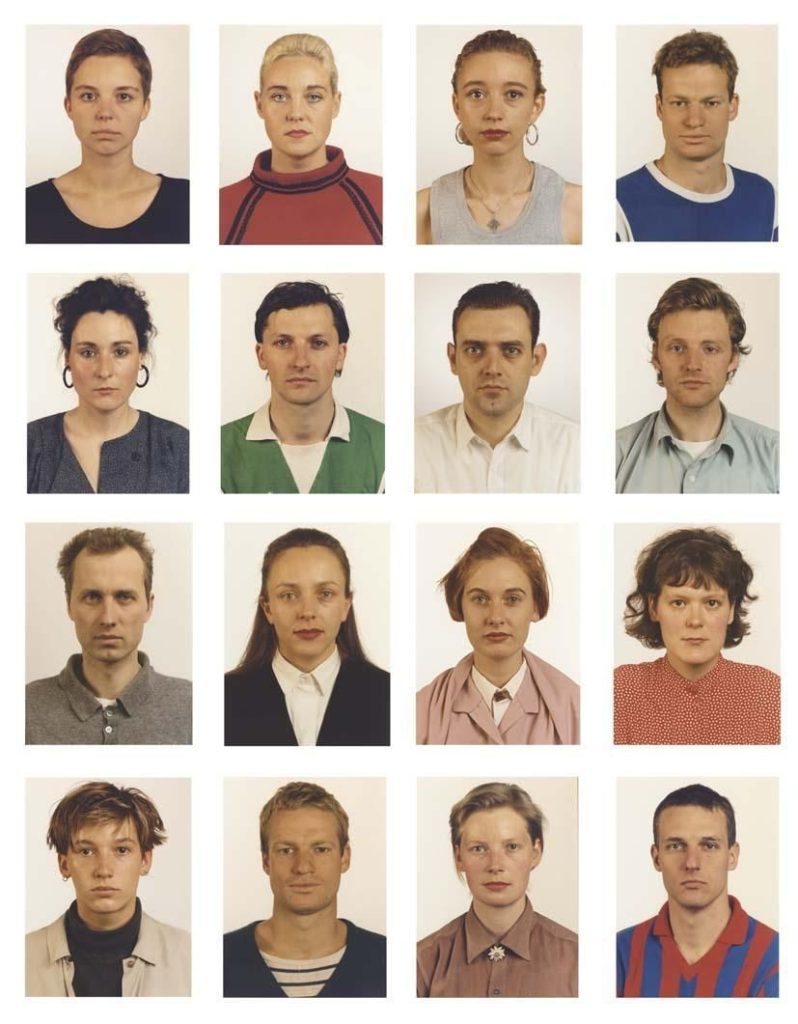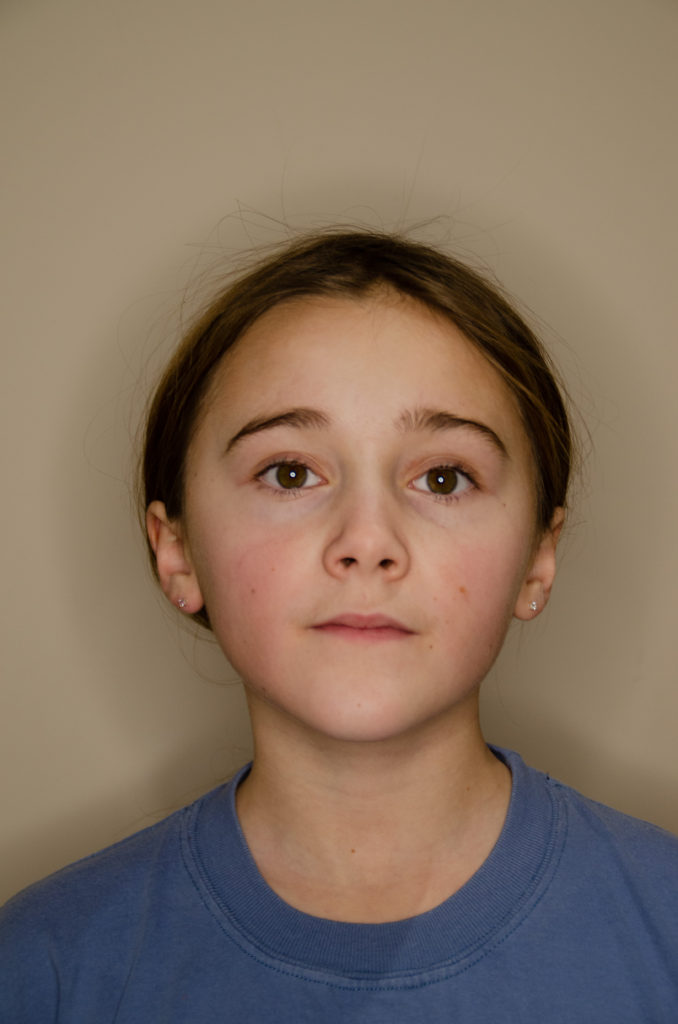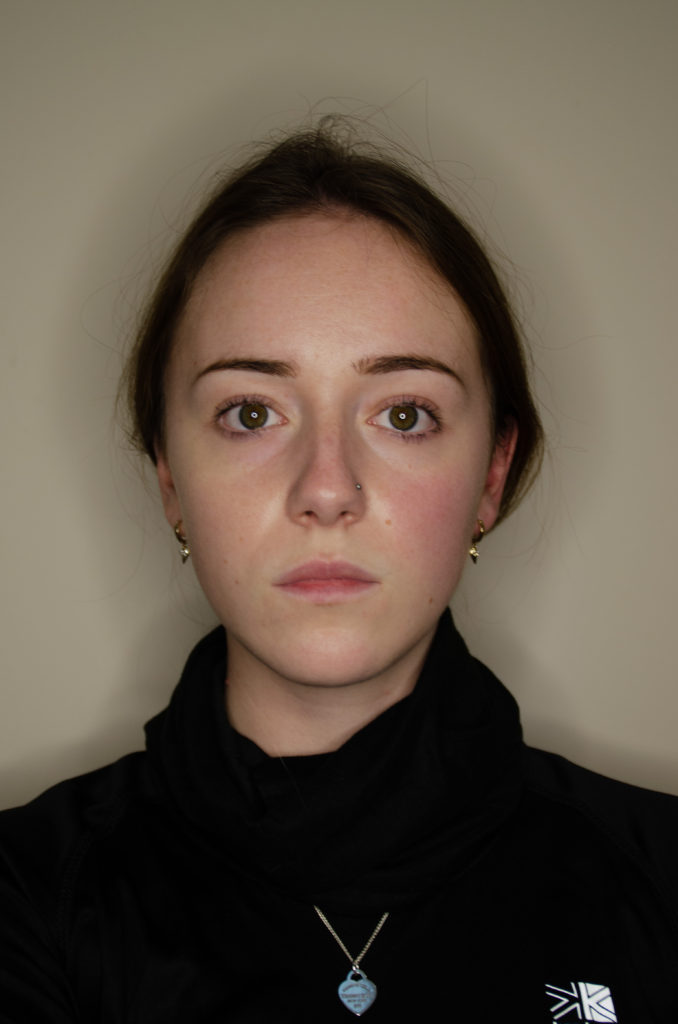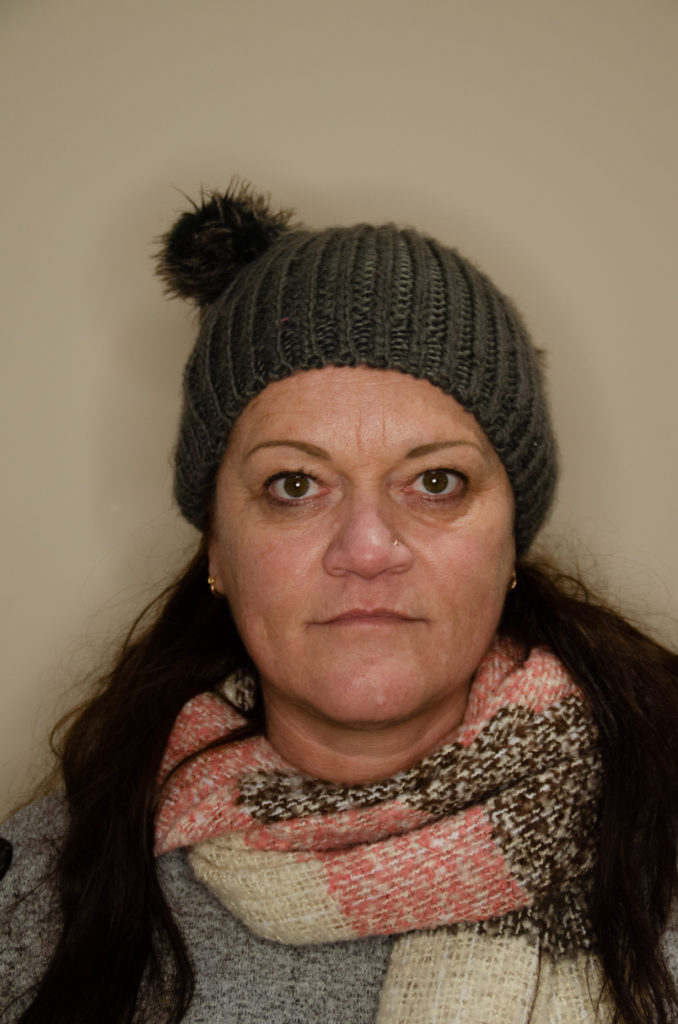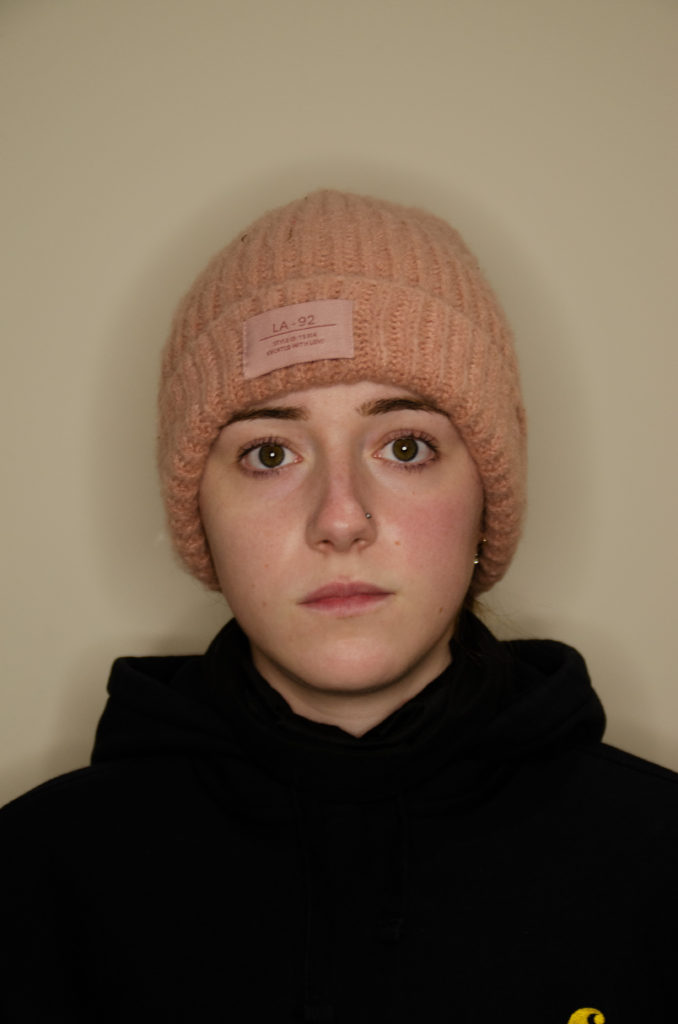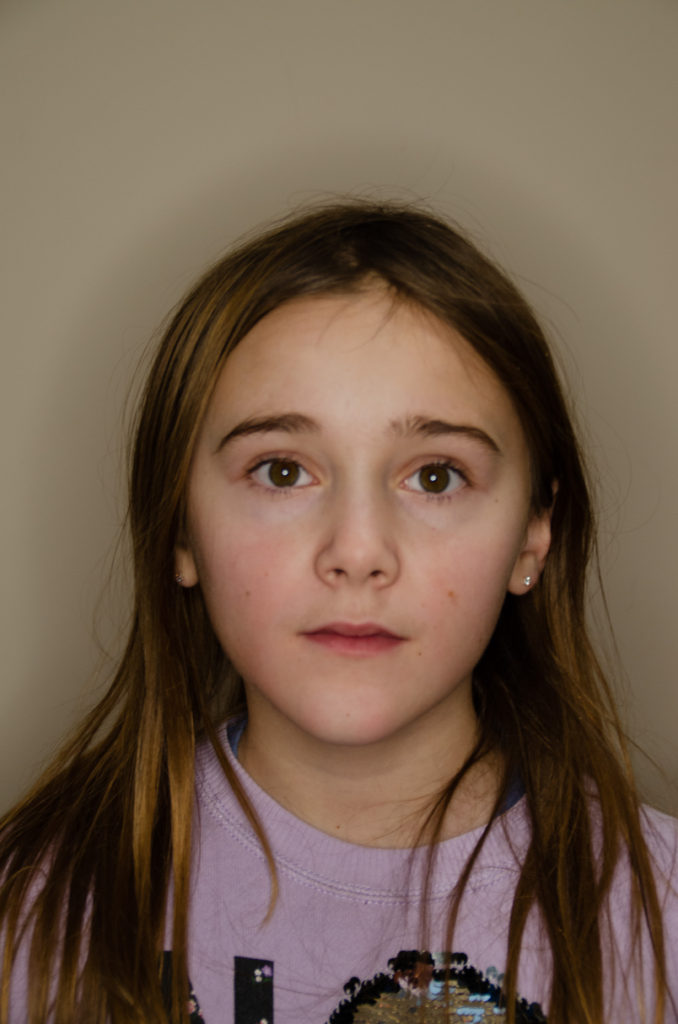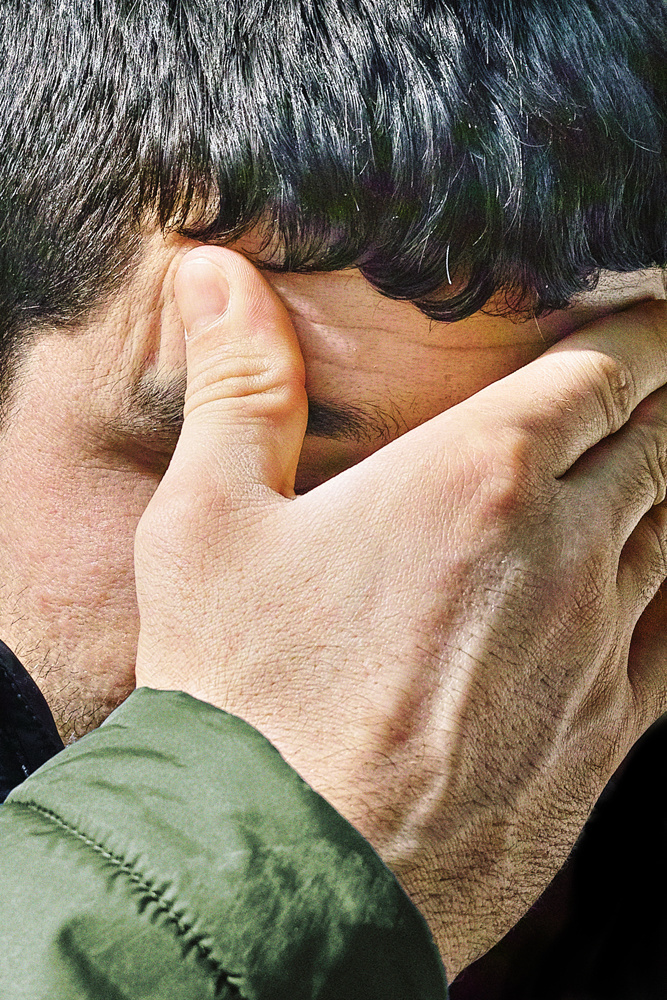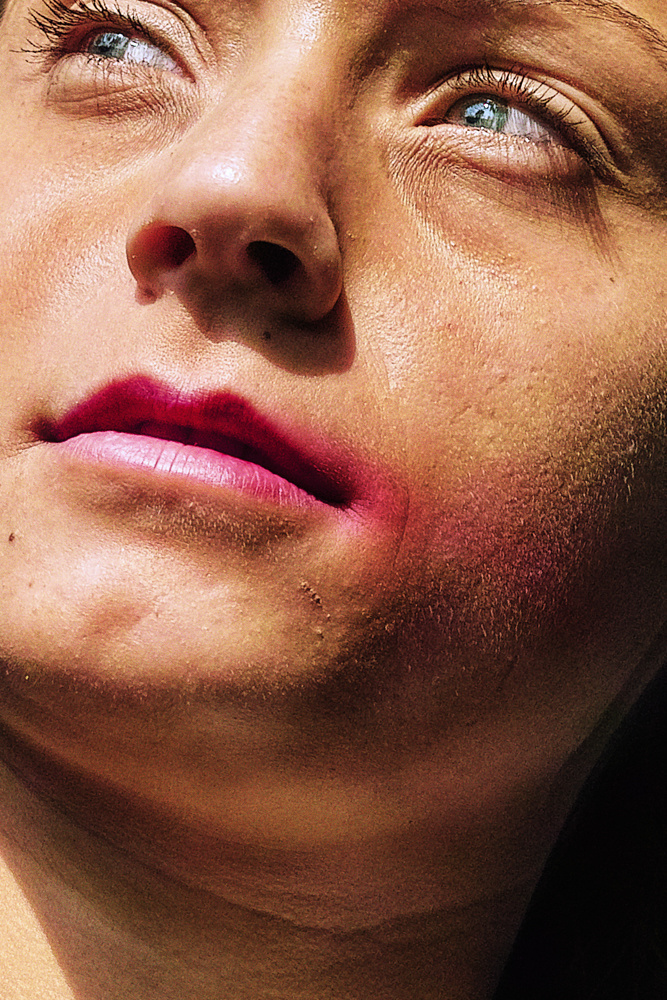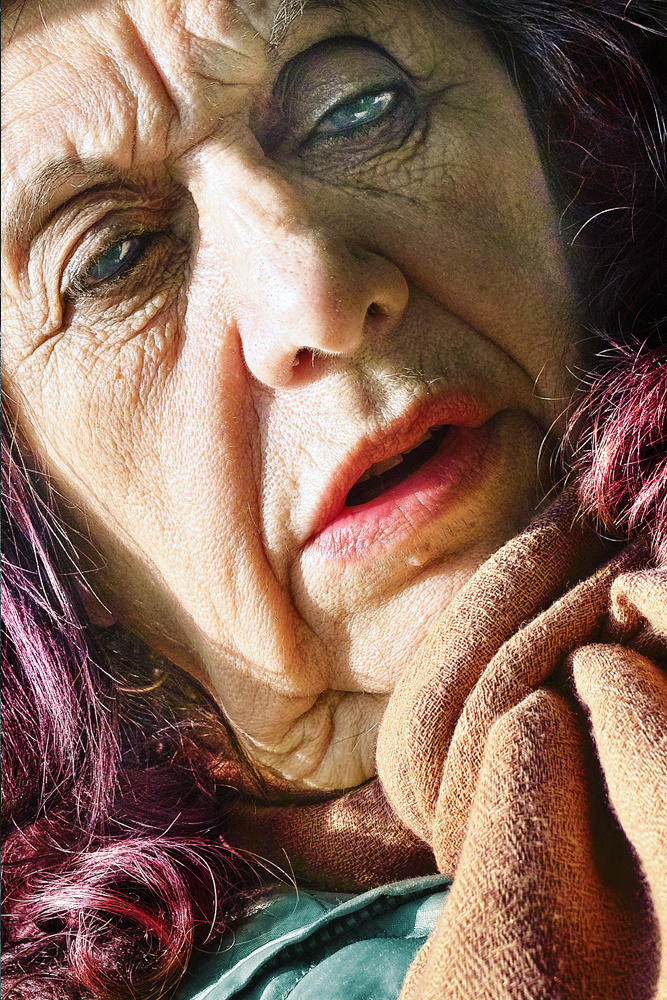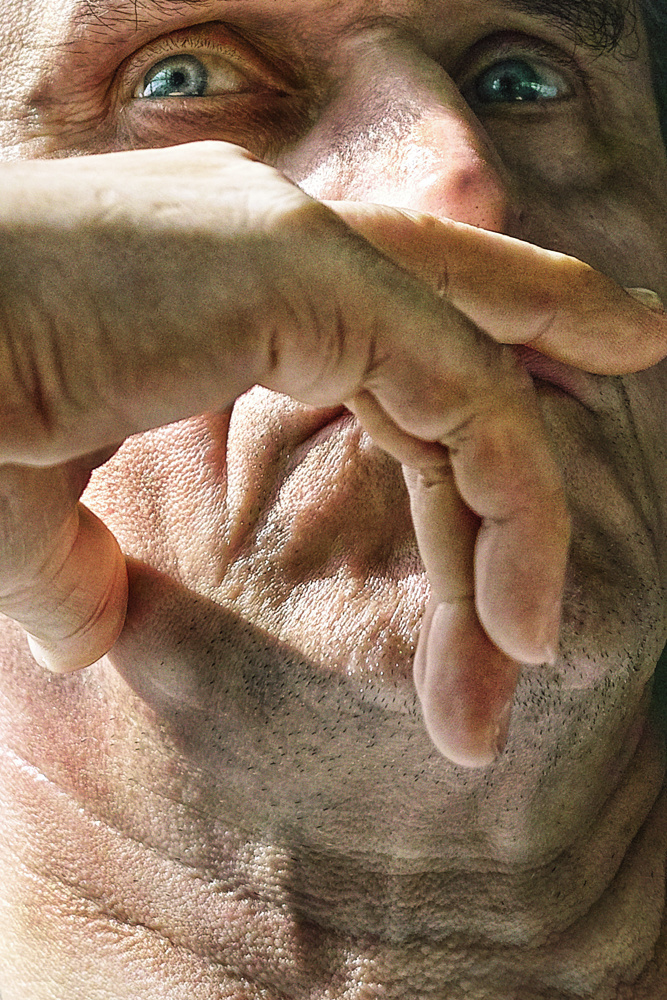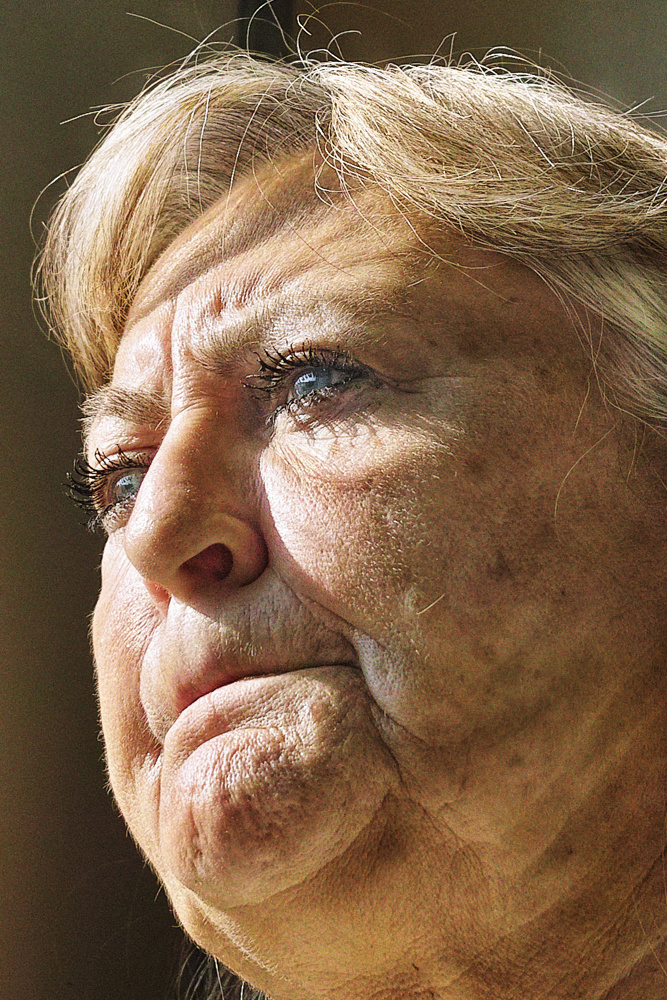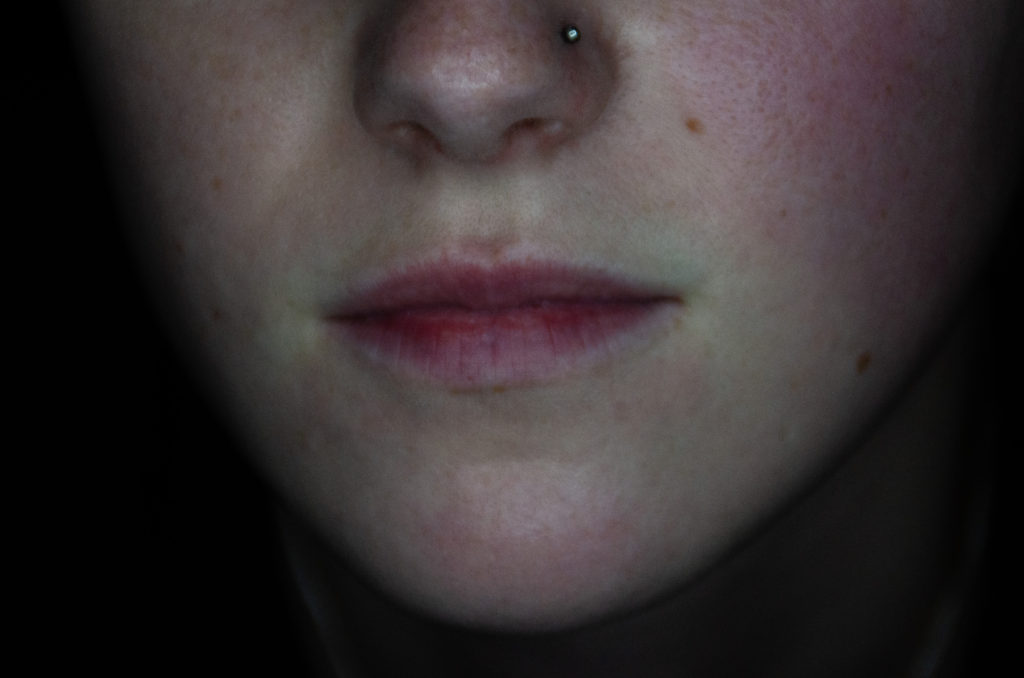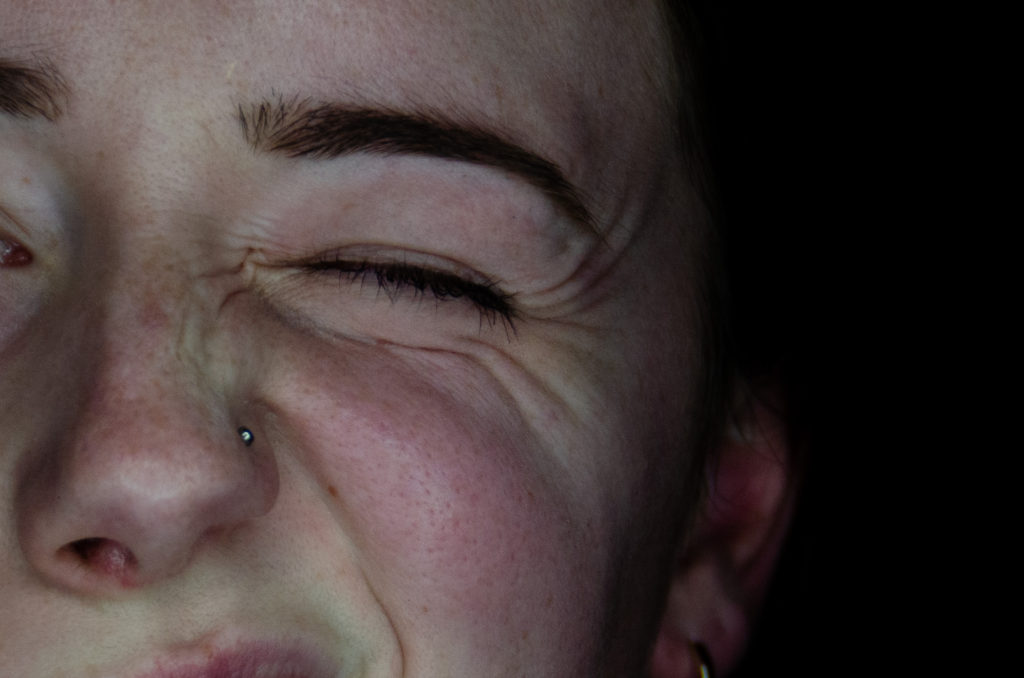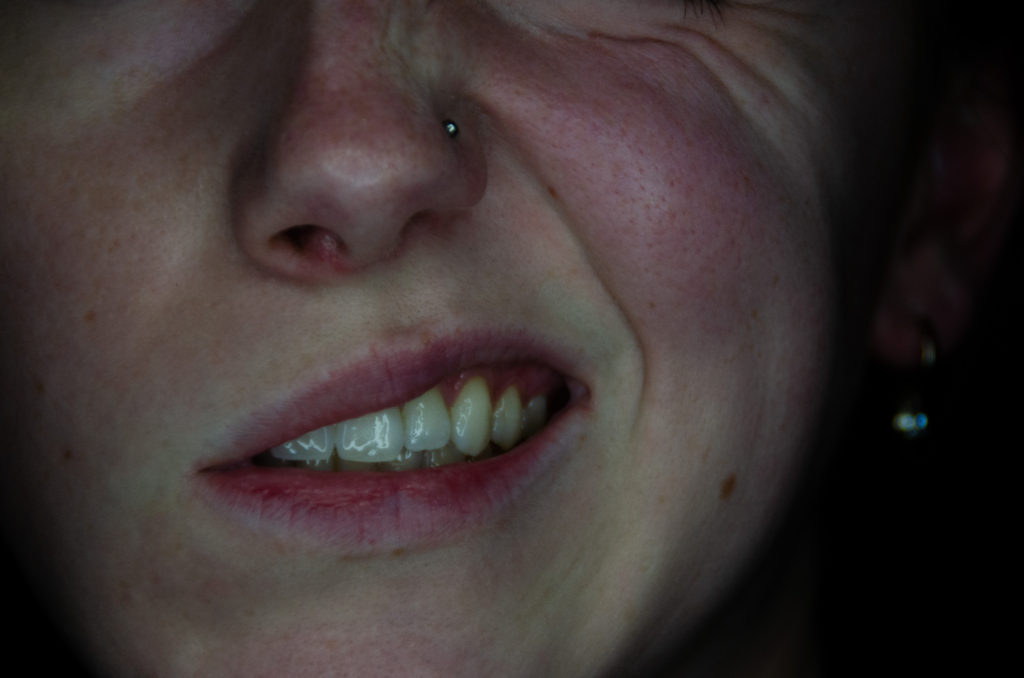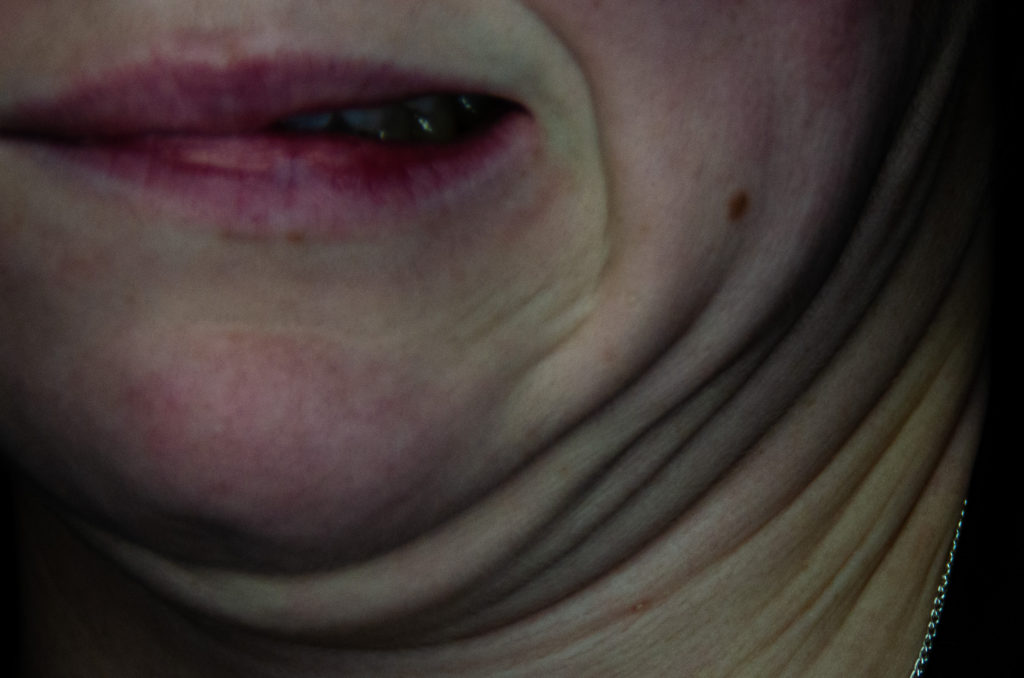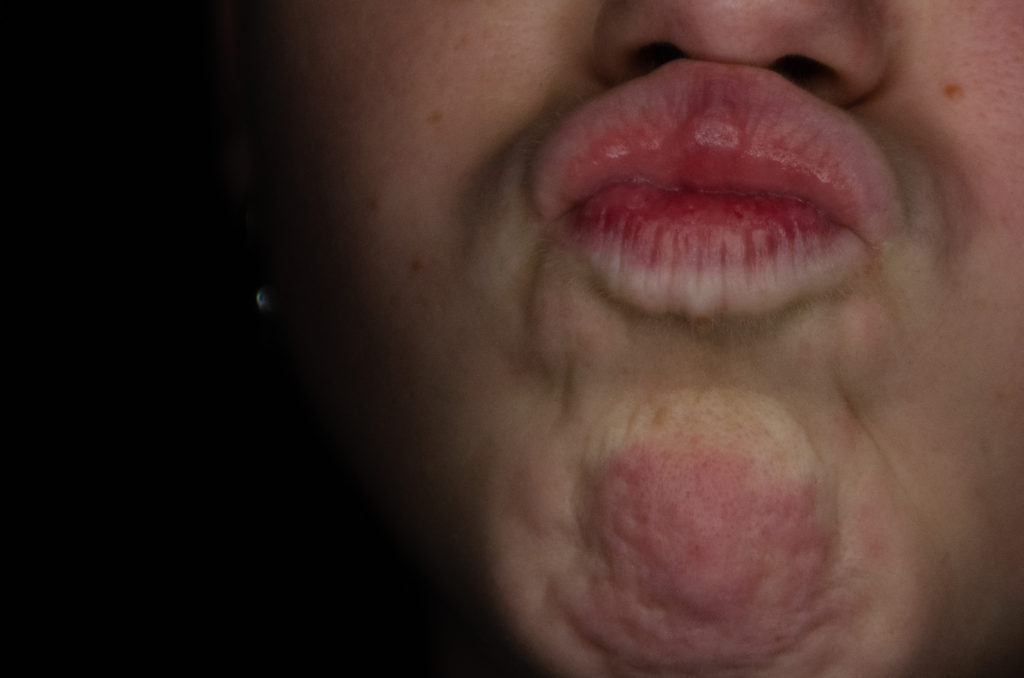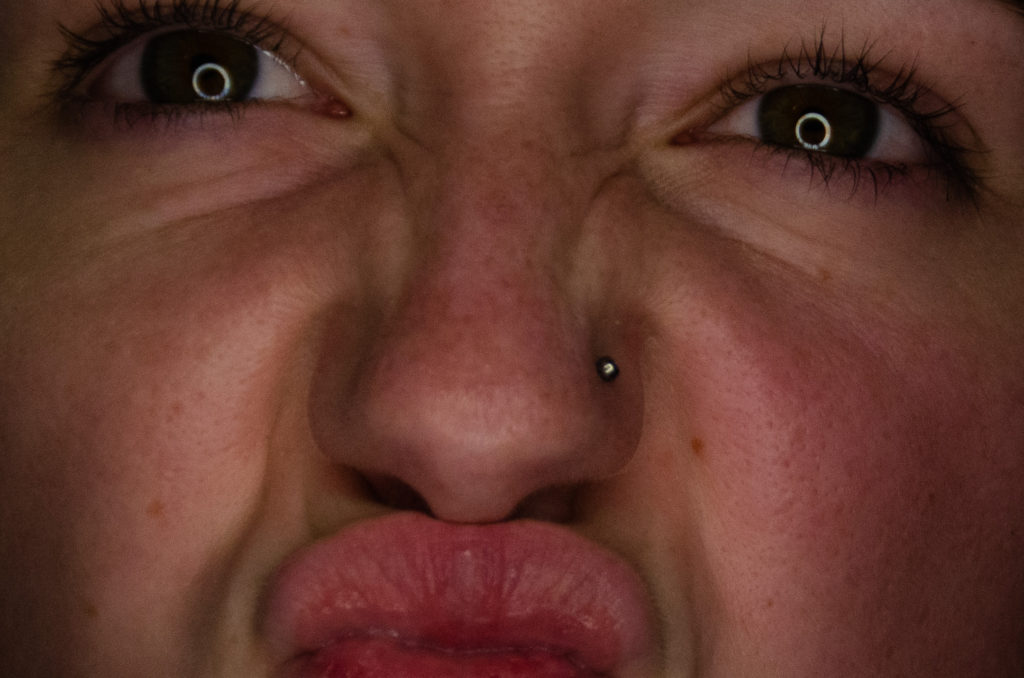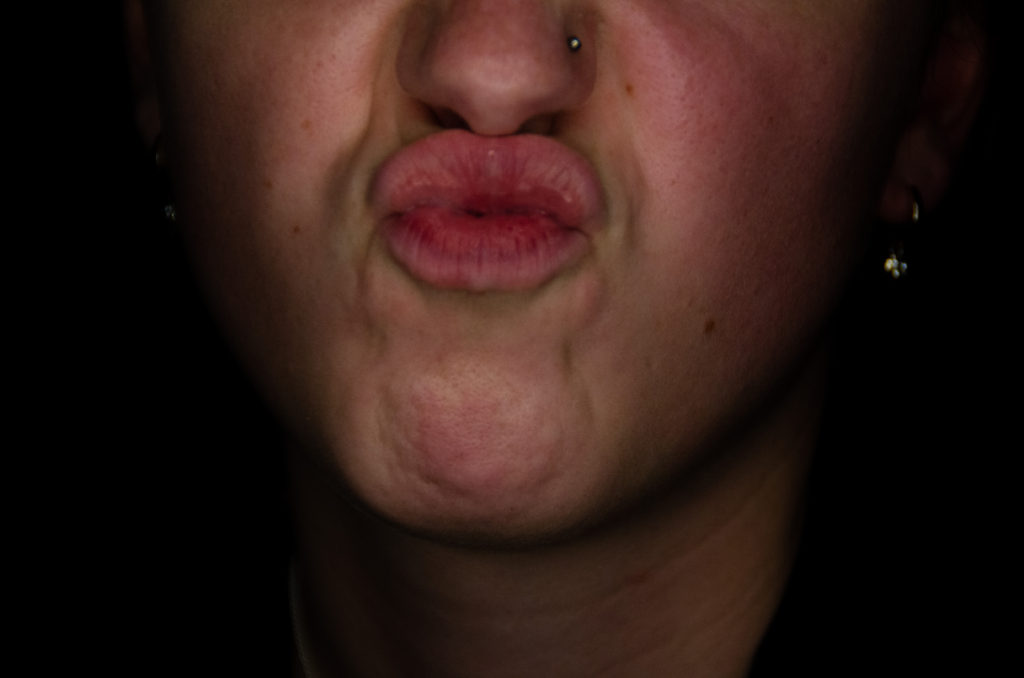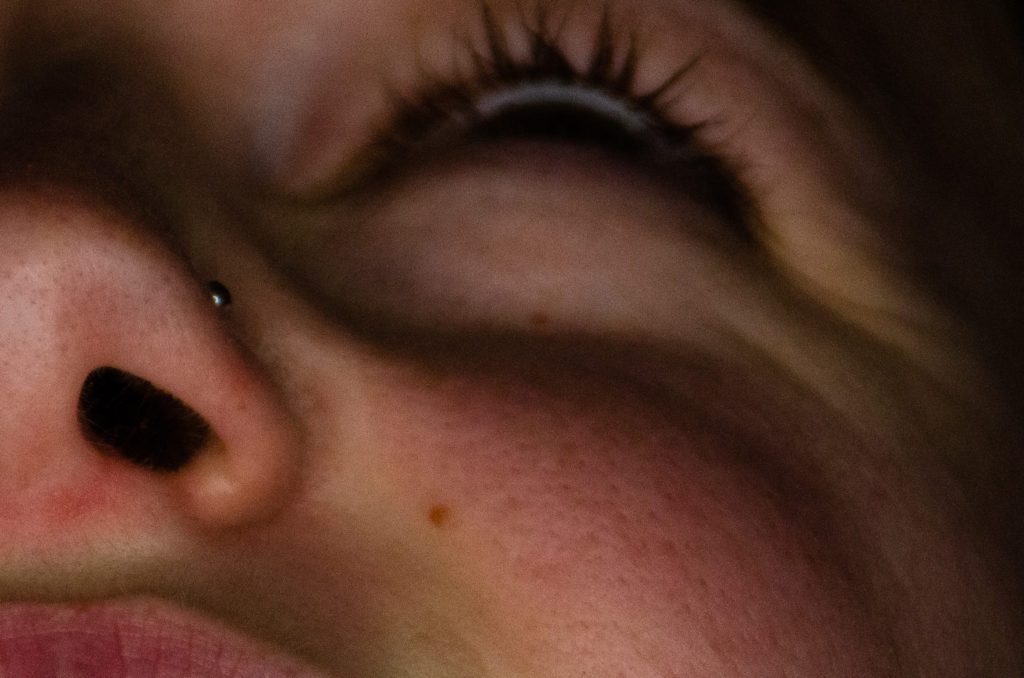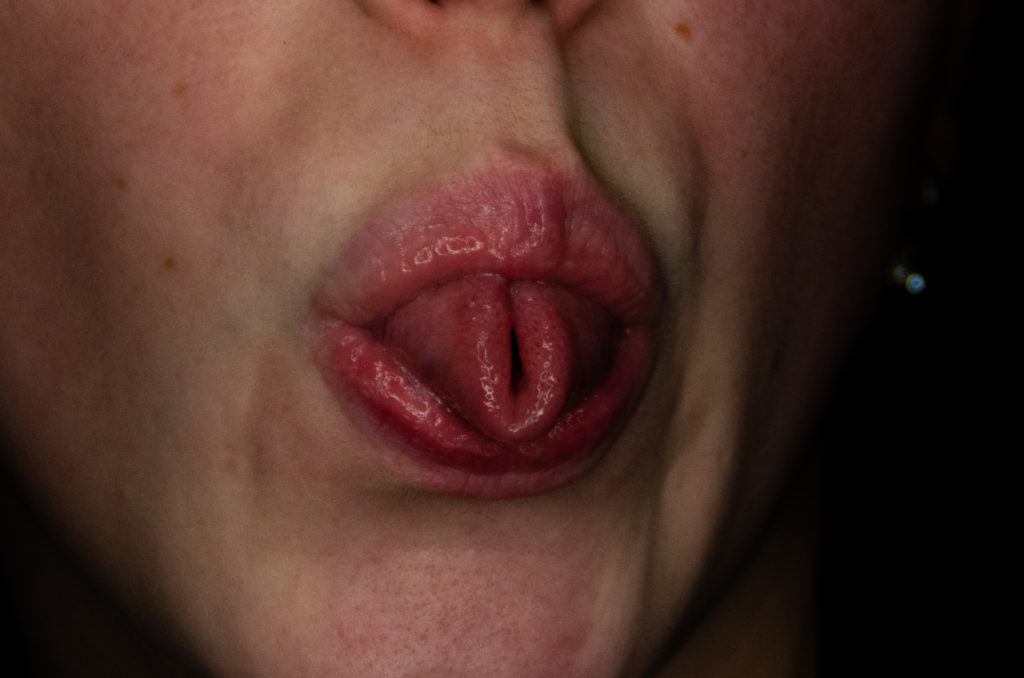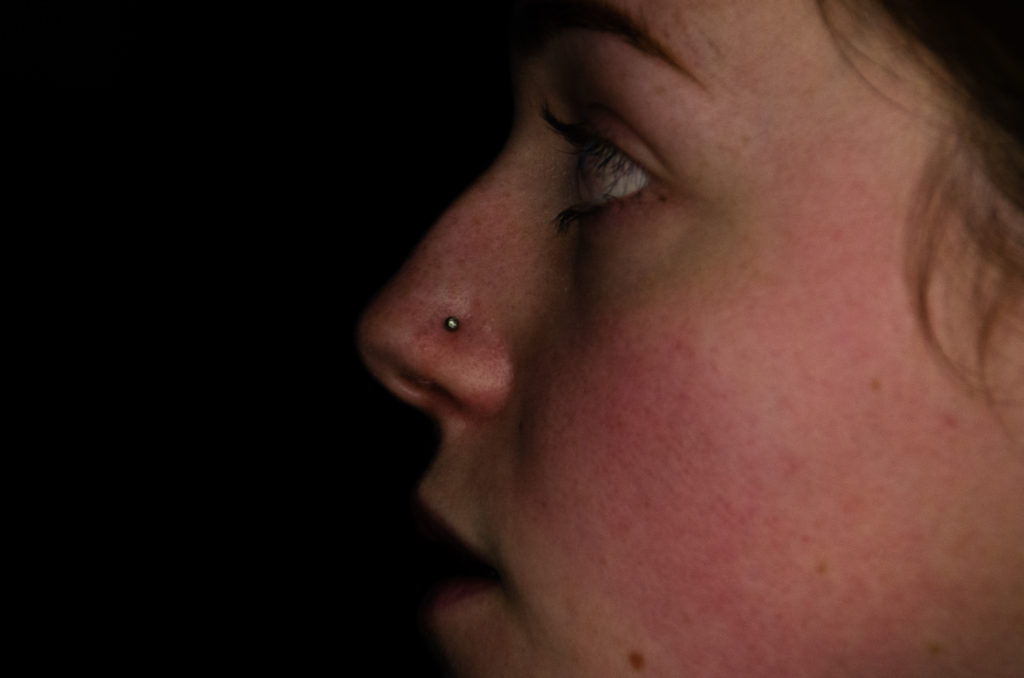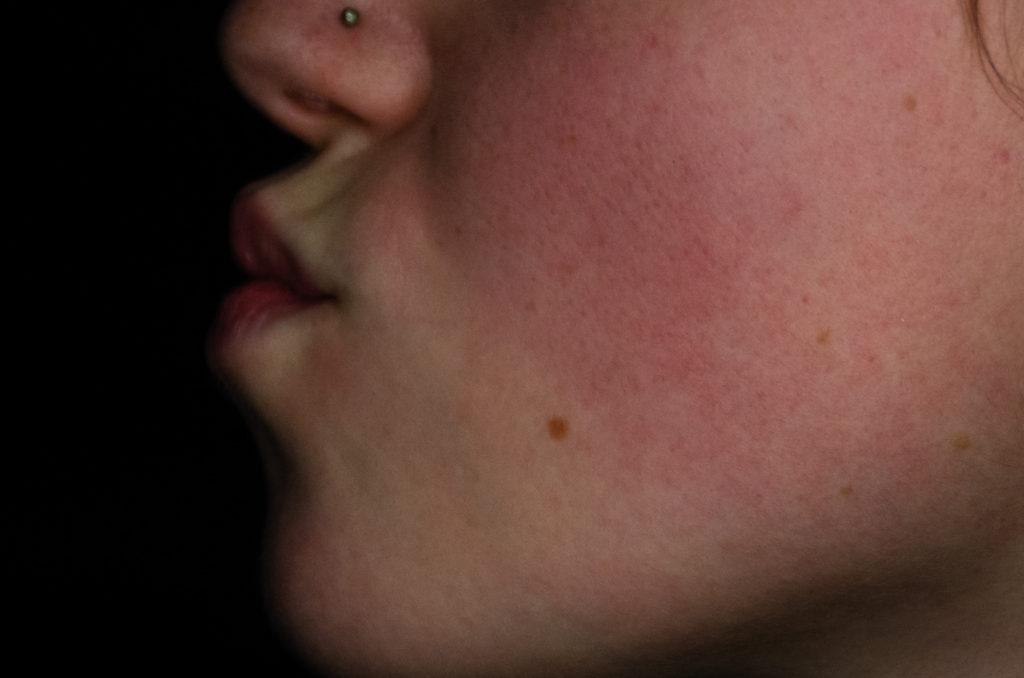History –
The invention of photography came around from a guy named Louis Daguerre, who first introduced the concept in 1839. That same year, Robert Cornelius produced what’s considered the first photographic self-portrait. Portrait studios started to become more popular in the next year. This was used to identify someone’s self in ID cards for upper class people. Or studios were used to create books to log in photos of wealthy locals in a particular country. Here is some examples of early portraiture…..

What Is Portrait Photography? –
Portrait photography, or portraiture, is a type of photography aimed toward capturing the personality of a person or group of people by using effective lighting, backdrops, and poses. This captures different facial expressions which indicates on a mood that the person is in the photo. The use of colours effects this, for example – The use of red indicates anger or love. Portraits can be used to show someone’s personality such as what they wear or what makeup they have on. Backdrops/scenery suggests what the models life is based upon or simply to make the photograph more effective. Here is an example of a more modern portrait photographer…
David Bailey
David is a British Portrait Photographer who was born in 1939 (age 81). He is known for his advertising, celebrity, and fashion photographs. Having been interested from his youth in painting and photography, in 1959 he apprenticed at the John French Studio, where he became involved in fashion photography.
Mood Board –

Analysis –
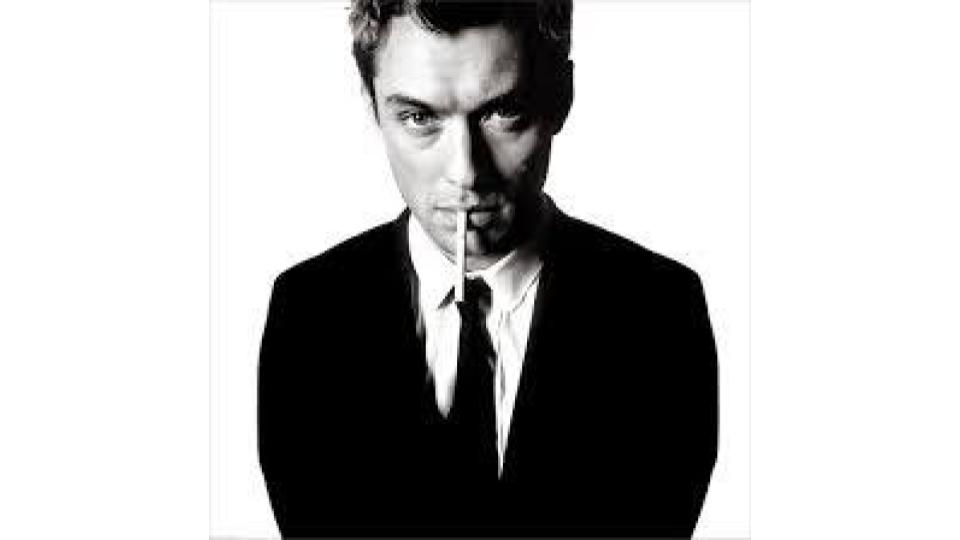
This Portrait above of Jude Law taken in 2004 is a studio portrait photograph. We can indicate that this photo was taken in a studio as for the backdrop – a white infinity backdrop. This is a long white thick paper like material which has a curve when reaching the floor. This creates the curve which on a camera looks like a white setting with no ending or any corners ect. This photo , edited in black and white, has a quite harsh artificial light coming from the left side of his face. This contrasts with the dark shadow formed on the right side of his face. The colour balance between black and white is equal as for the black blazer being one type of shade as well as the shirt being on type of shade of white. This is known as a dull image for any colour captured. The portrait is symmetrical as for the face and body facing the camera straight on. As for Jude’s eyes, they give off a deep gaze directly into the camera. No emotion seems to be shown from his facial expression. The cigarette suggests more of a reckless personality to viewers.
Photoshoot 1
Studio Set Up –

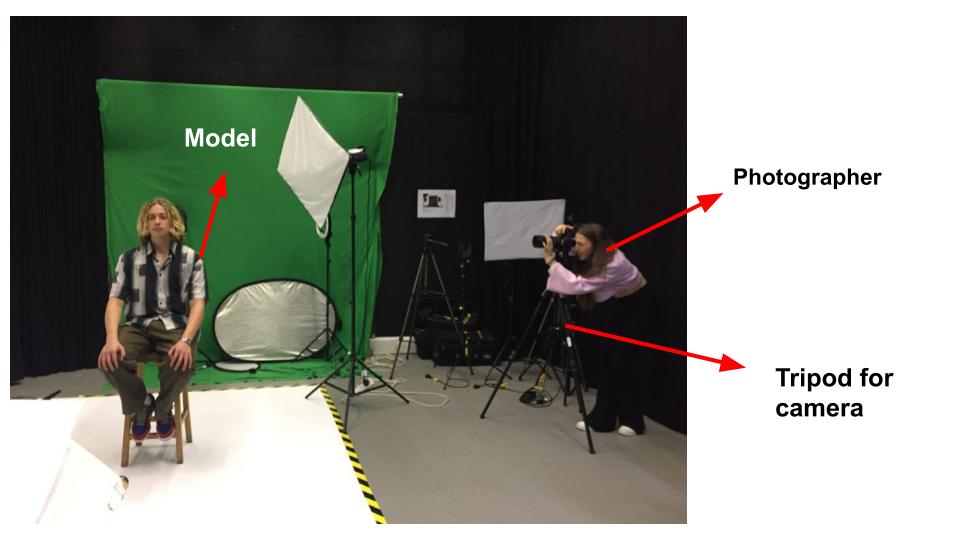
Camera Settings –
(flash lighting)
Tripod: optional
Use transmitter on hotshoe
White balance: daylight (5000K)
ISO: 100
Exposure: Manual 1/125 shutter-speed > f/16 aperture
– check settings before shooting
Focal lenght: 105mm portrait lens
Contact Sheet…
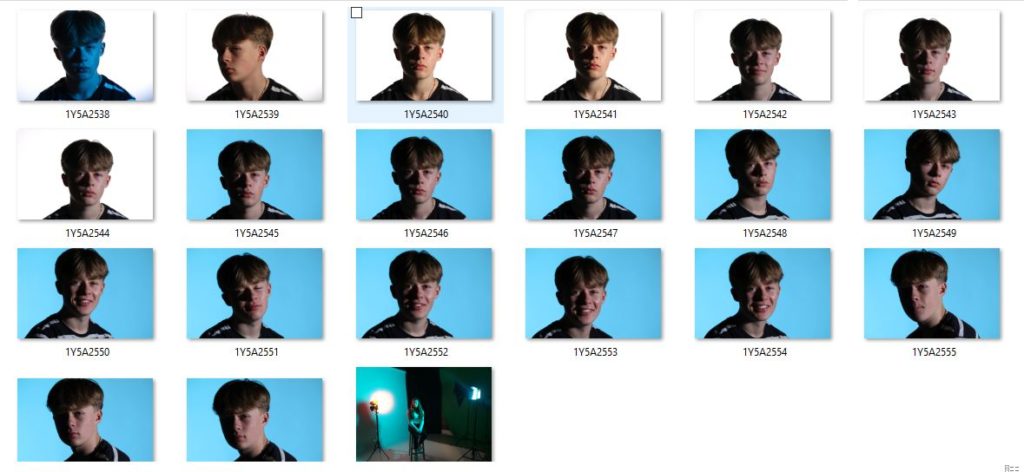
My Best Portraits –
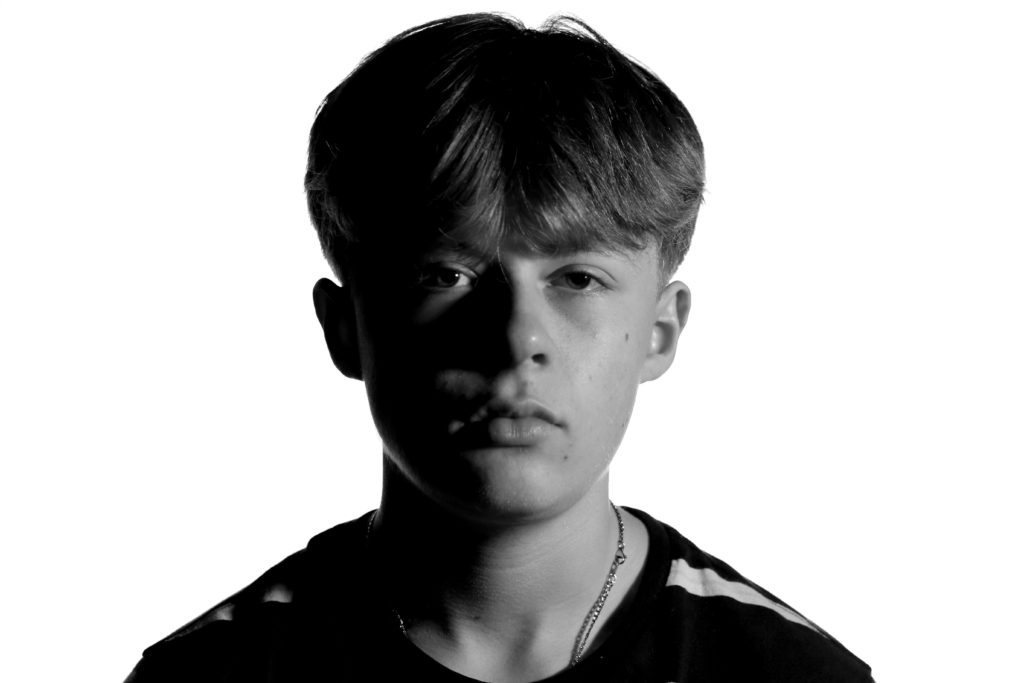
Here , above is one of my images that I have related to David Bailey’s work as for the strong contrast between the light facial features and the shadow formed on the left side of the face. To capture a more sophisticated image , using a more of a harsh key light to bring out a more white colour on the right would link to David’s work better.

